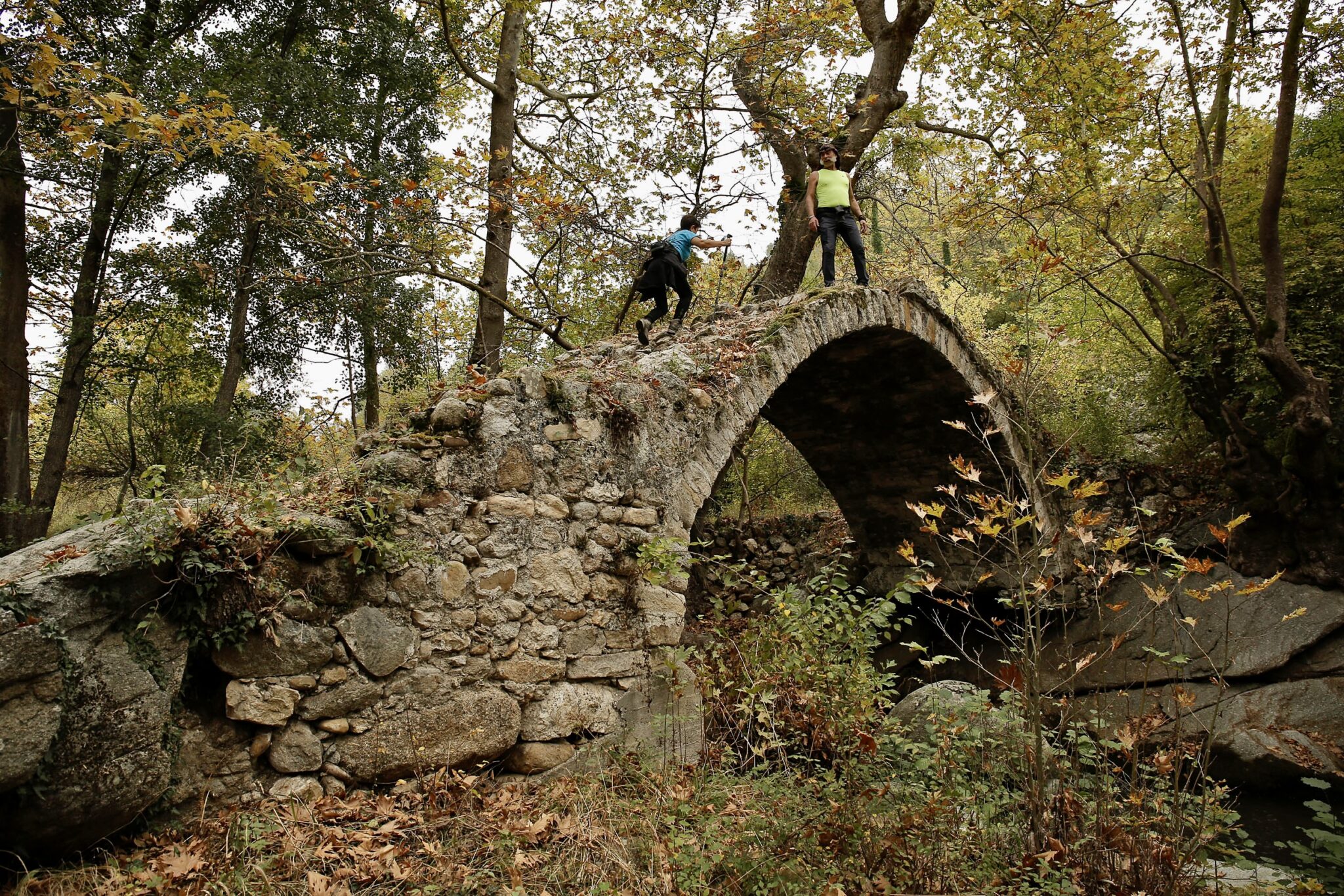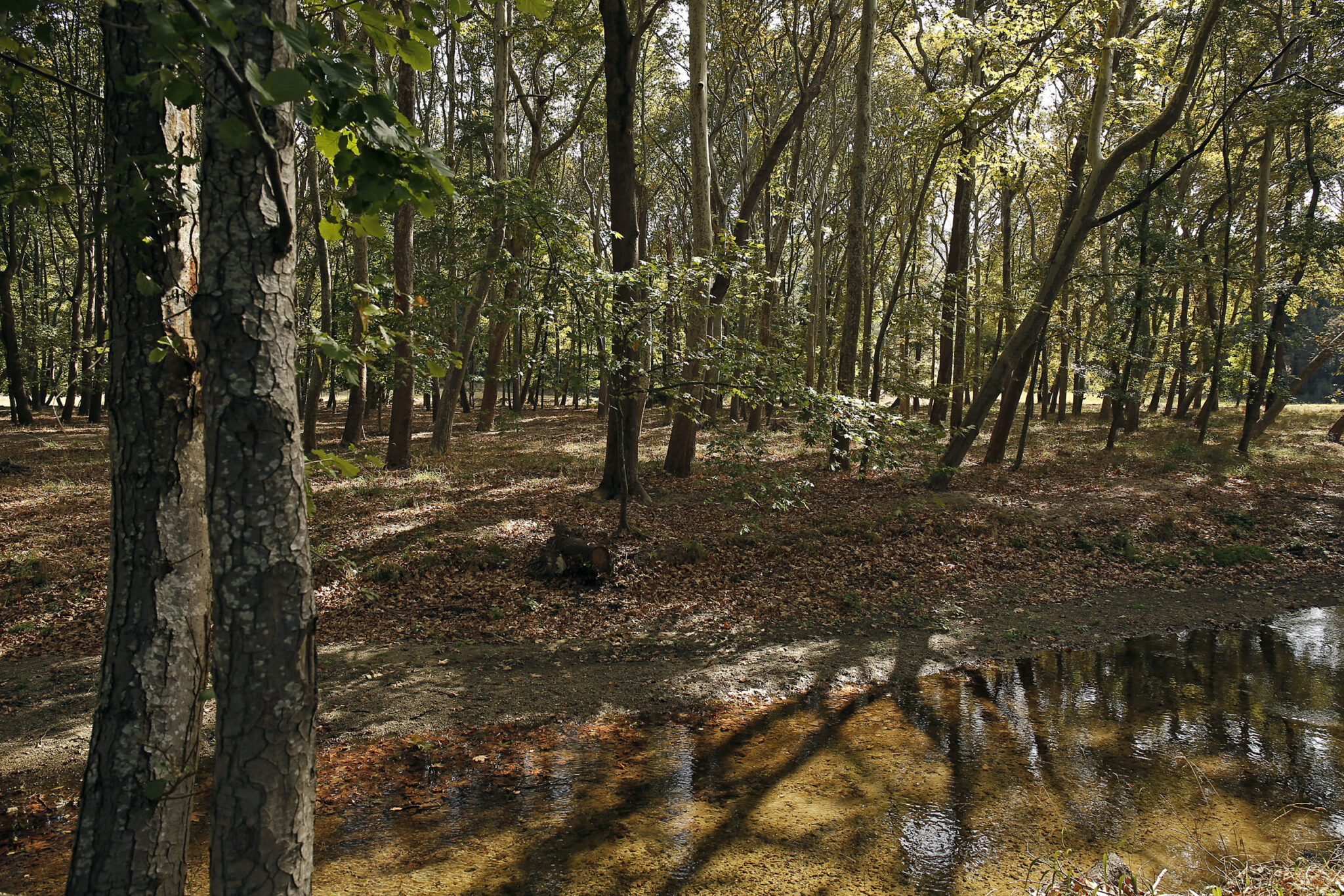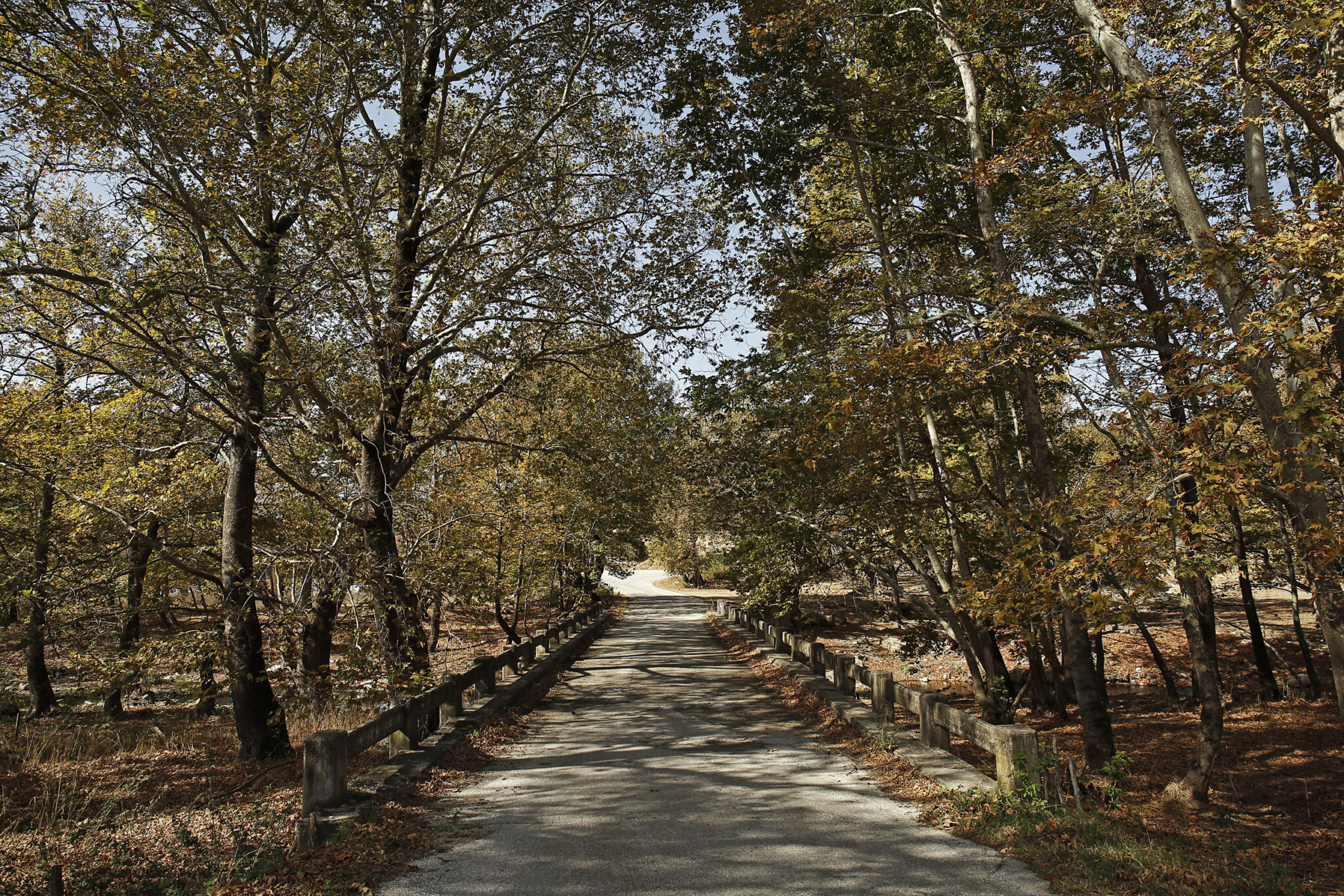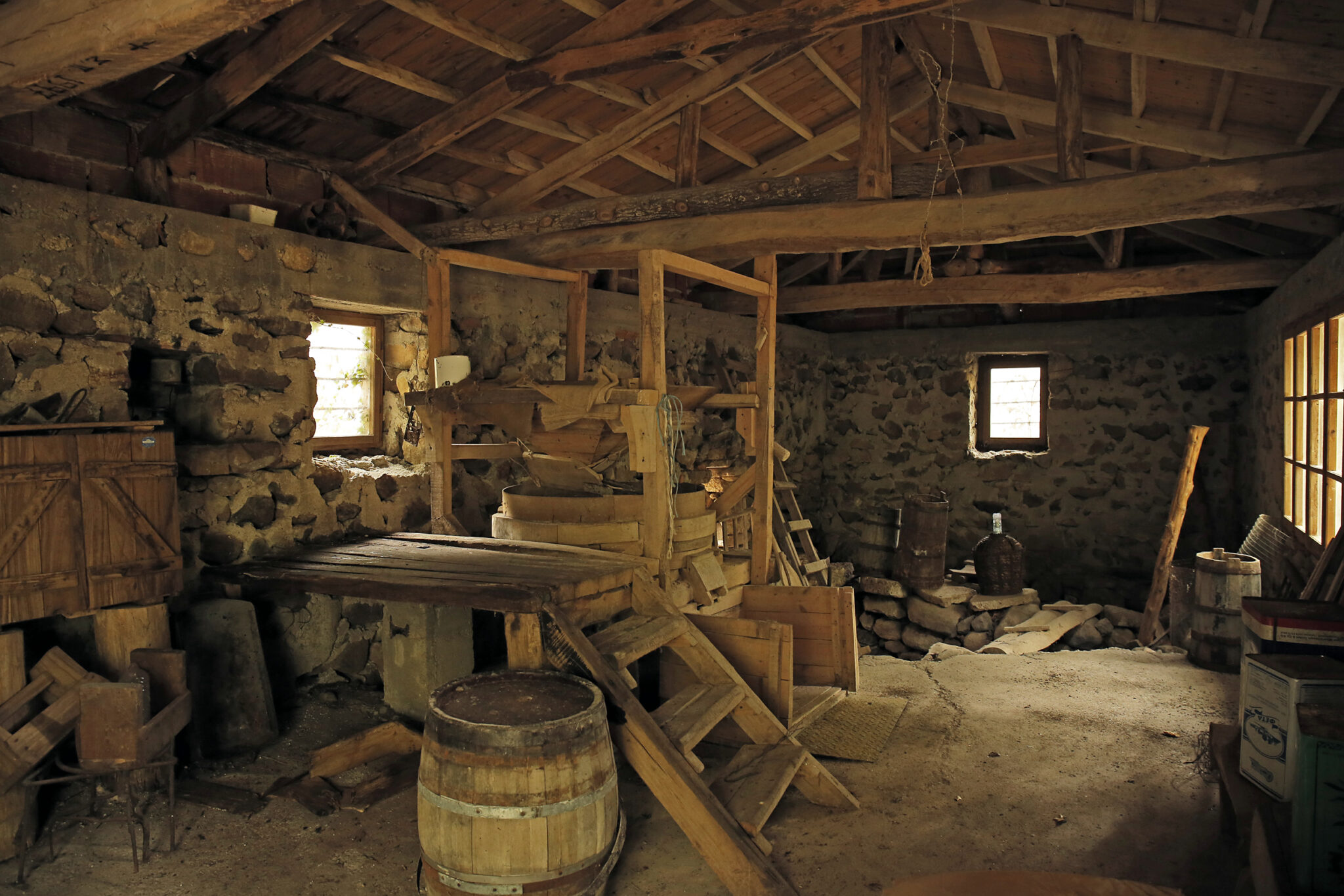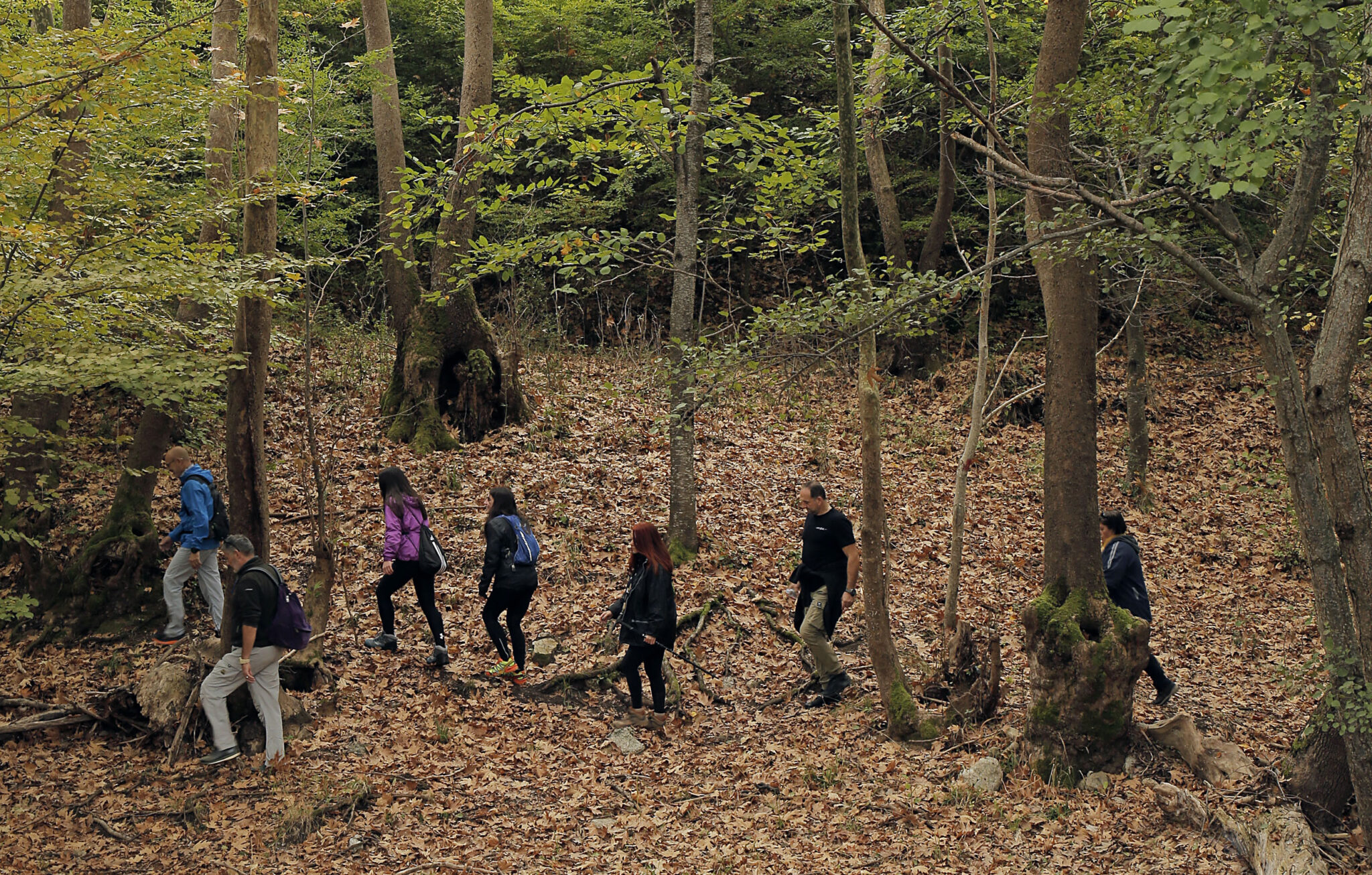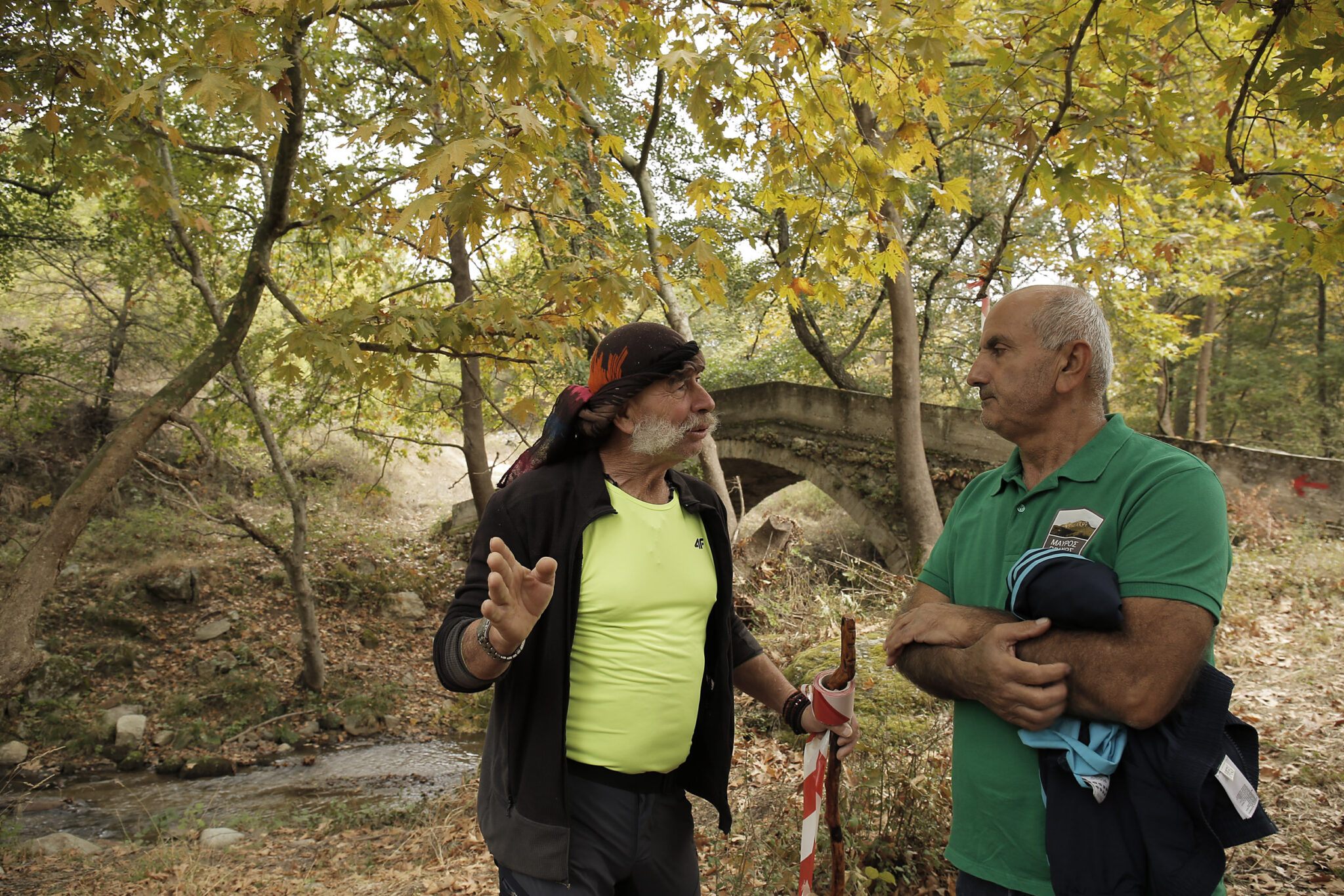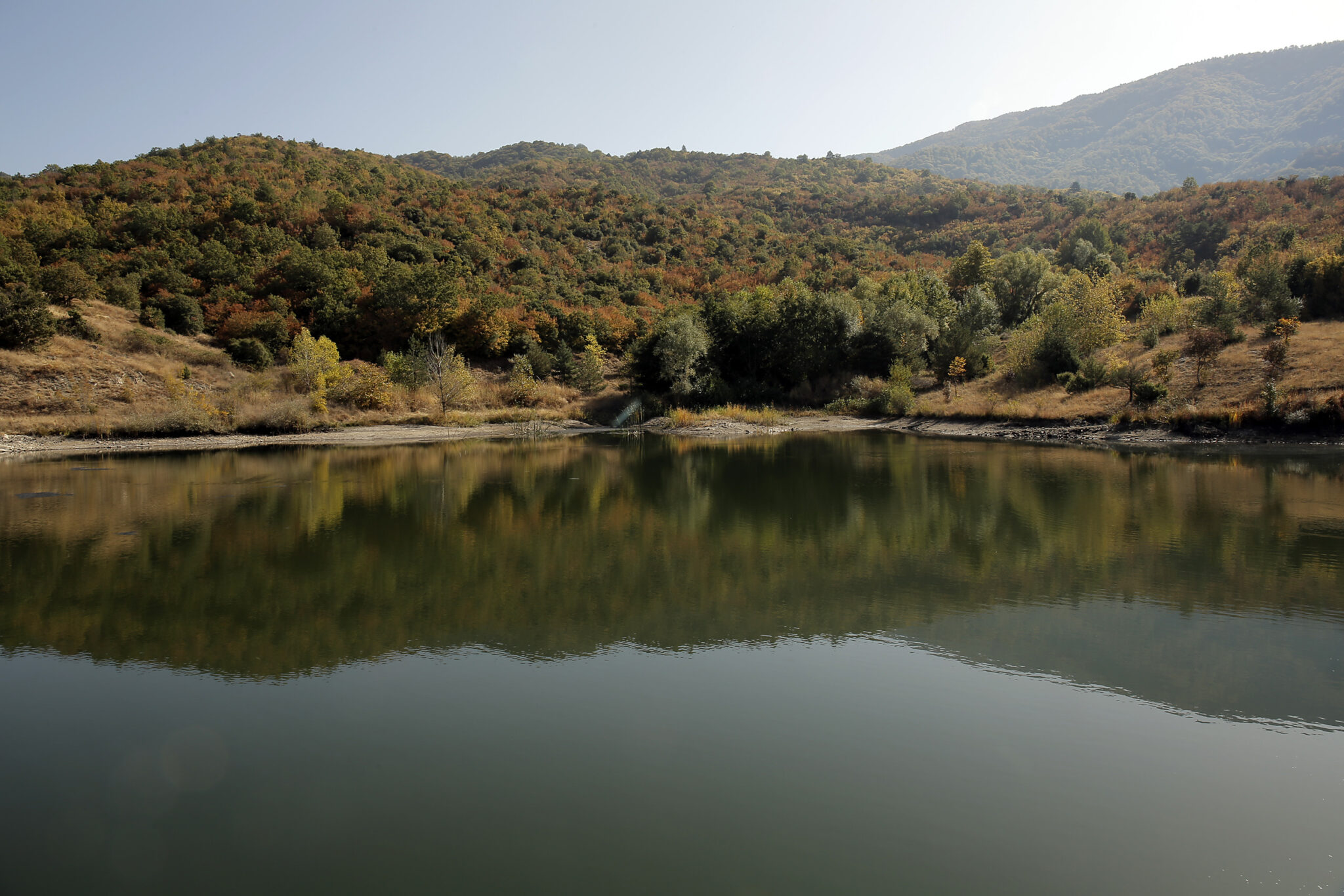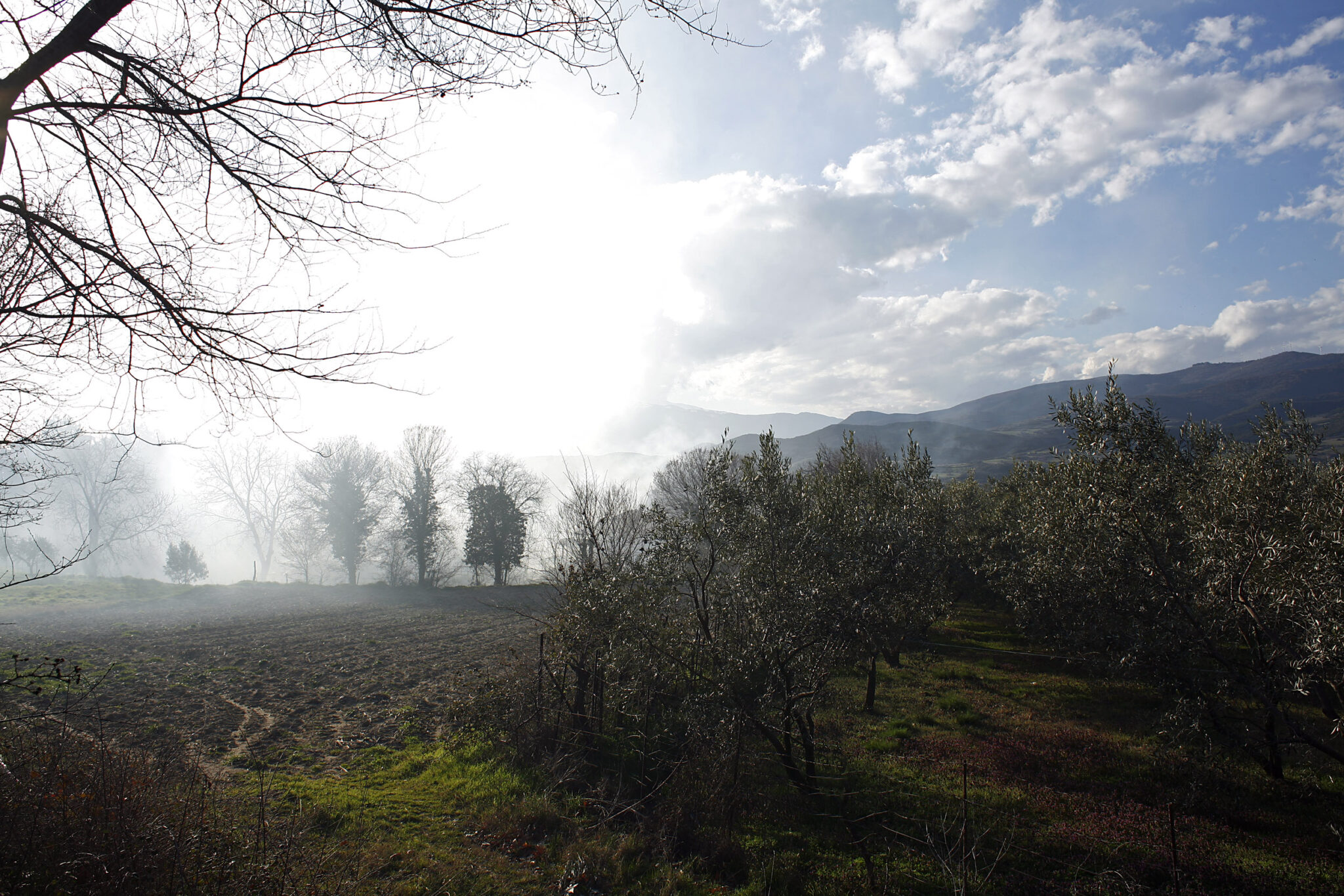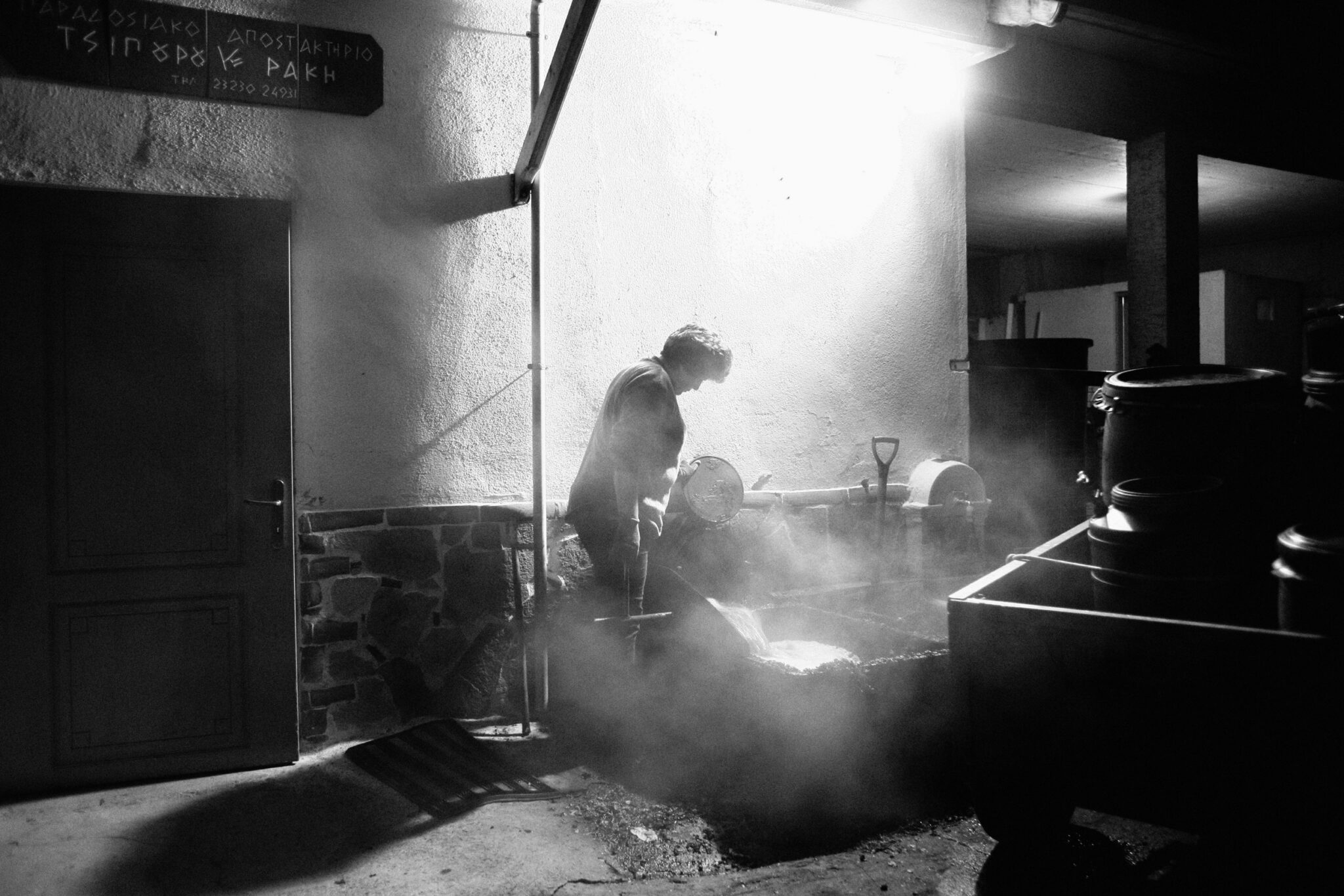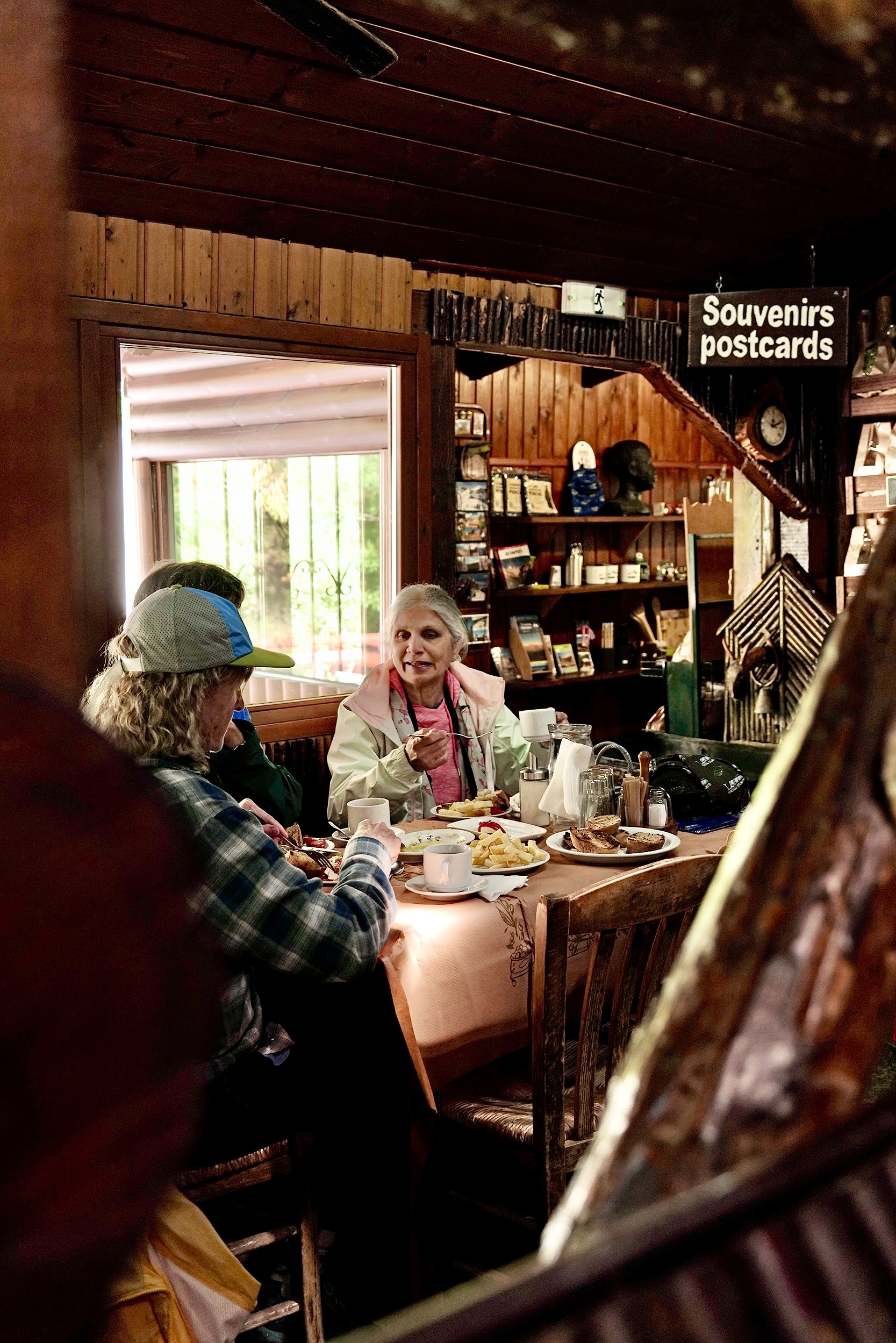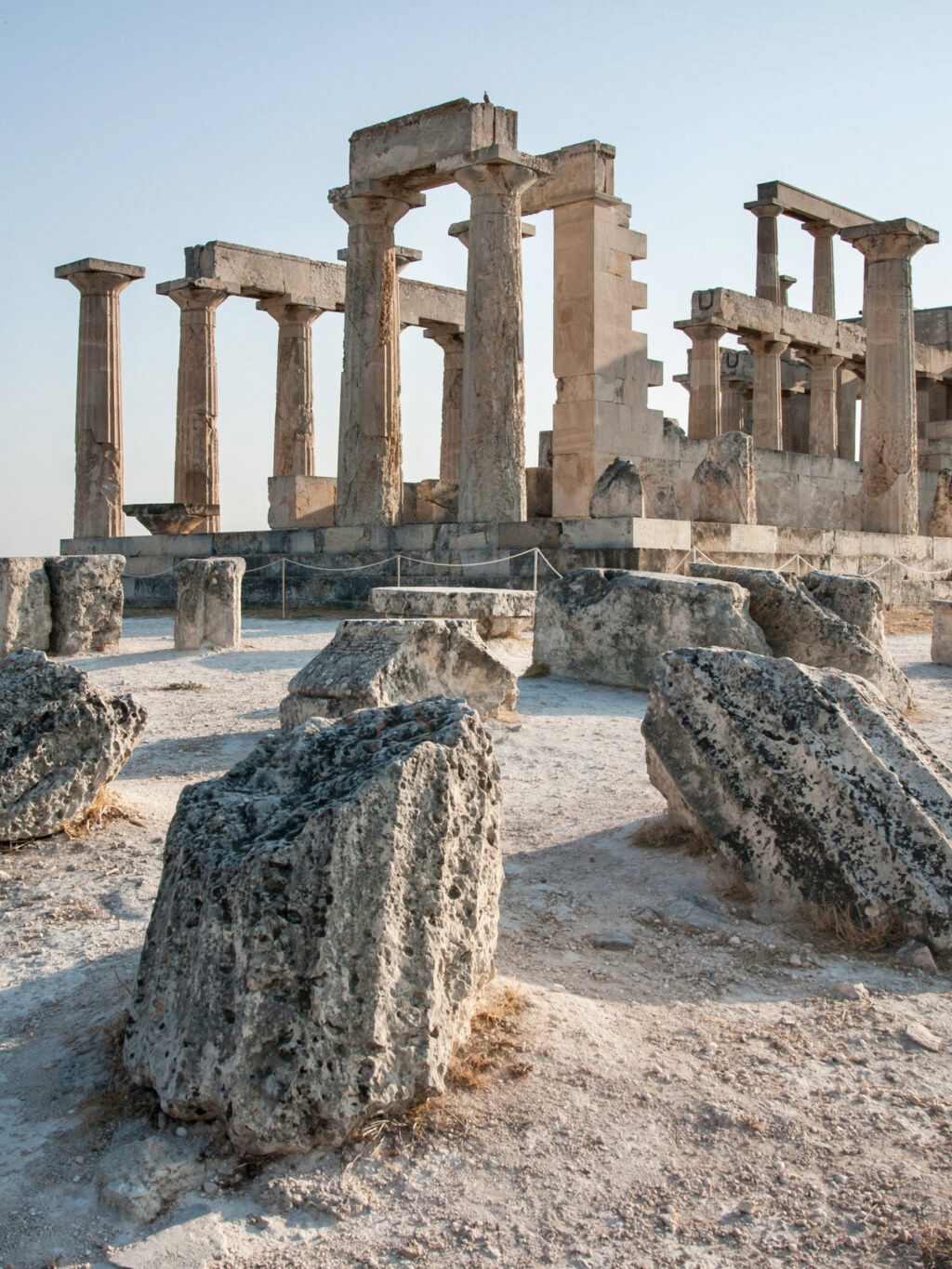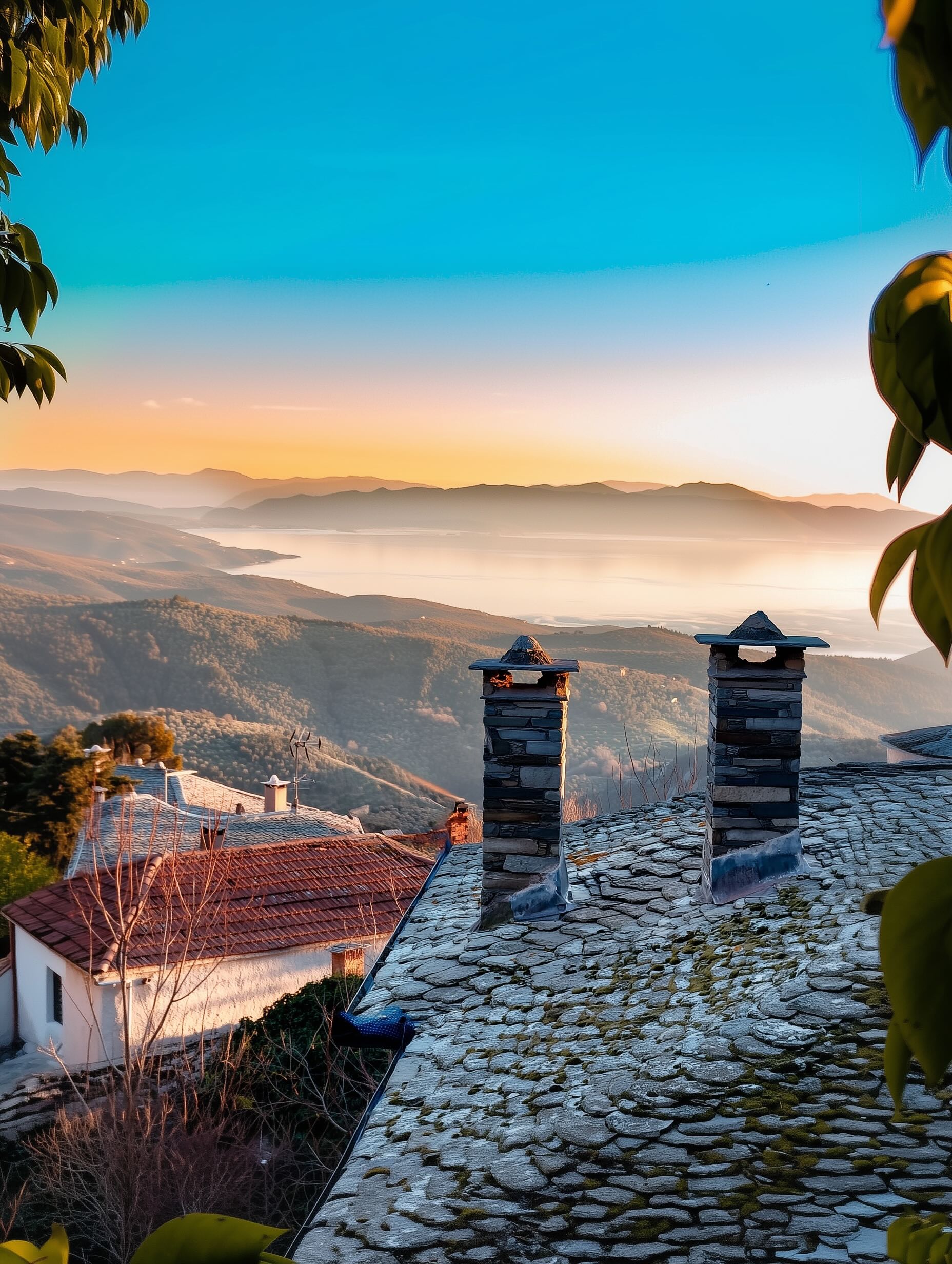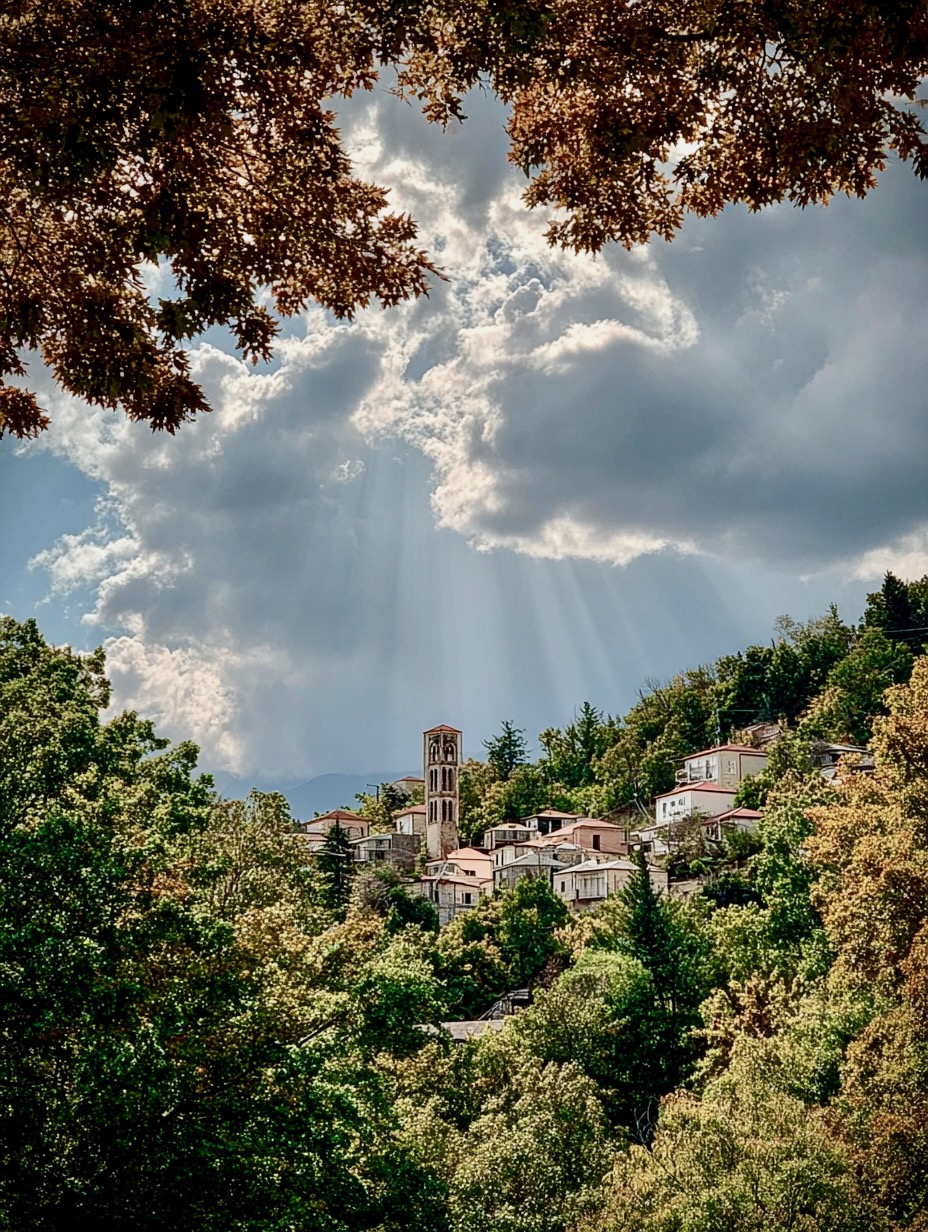From its sources in Mount Vrontous and Orvilos, to its meeting with the Strymon River just after Sidirokastro, in the northern prefecture of Serres, the Krousovitis or Ahladitis River creates along its length a beautiful natural environment with trails, arched bridges, waterfalls, ravines, and historic villages.
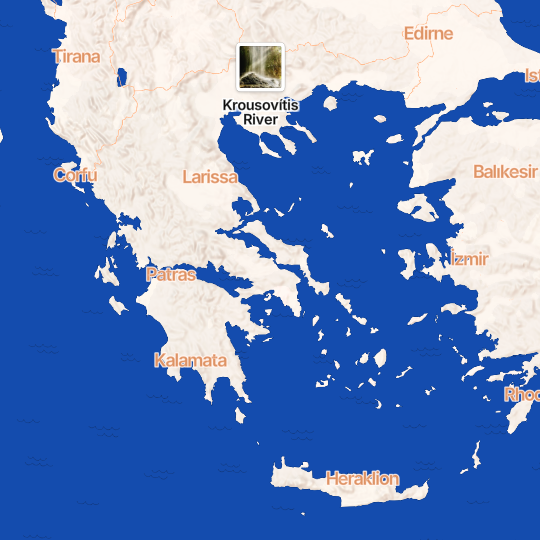
The morning mist covers the fields and trees in the village of Faia Petra — the base of this journey — adding even more beauty to the landscape of Serres. A short storm the previous night illuminated, with its lightning, the process of tsipouro distillation at the local distillery, intoxicating even more this annual ritual. For less than two months every autumn, the stills of Greece boil and distill the grape pomace, filling the air in every corner of the country with alcoholic aromas. The same happens in the prefecture of Serres, which in any case is famous for the quality of its tsipouro.
The head is not heavy. My appointment with my guide, Savvas Ioannidis — president of the “Mavros Vrahos” (Black Rock) Friends of Speleology and Environment — for the walk to Ahladochori is at the bridge of Faia Petra, which is permanently covered by the heavy branches of centuries-old plane trees, their roots deeply anchored on the banks of the Krousovitis. Halfway up the uphill road, a sign on the right side, just after the turn toward Kapnofyto, leads to the first arched bridge, that of Samokova. A group of hikers has just started its route along the beautiful path by the ravine, aiming to visit all the bridges up to Karydochori.
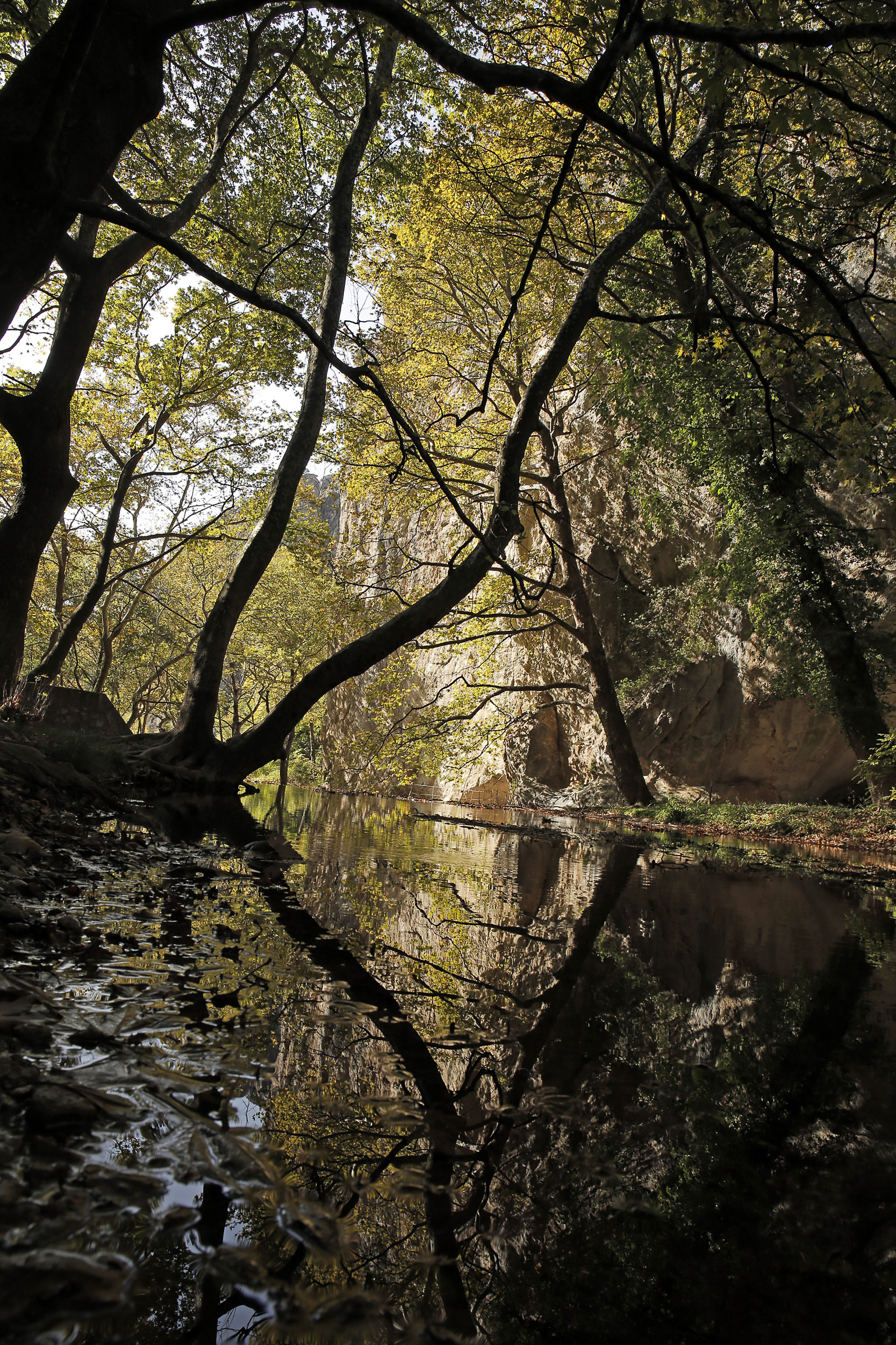
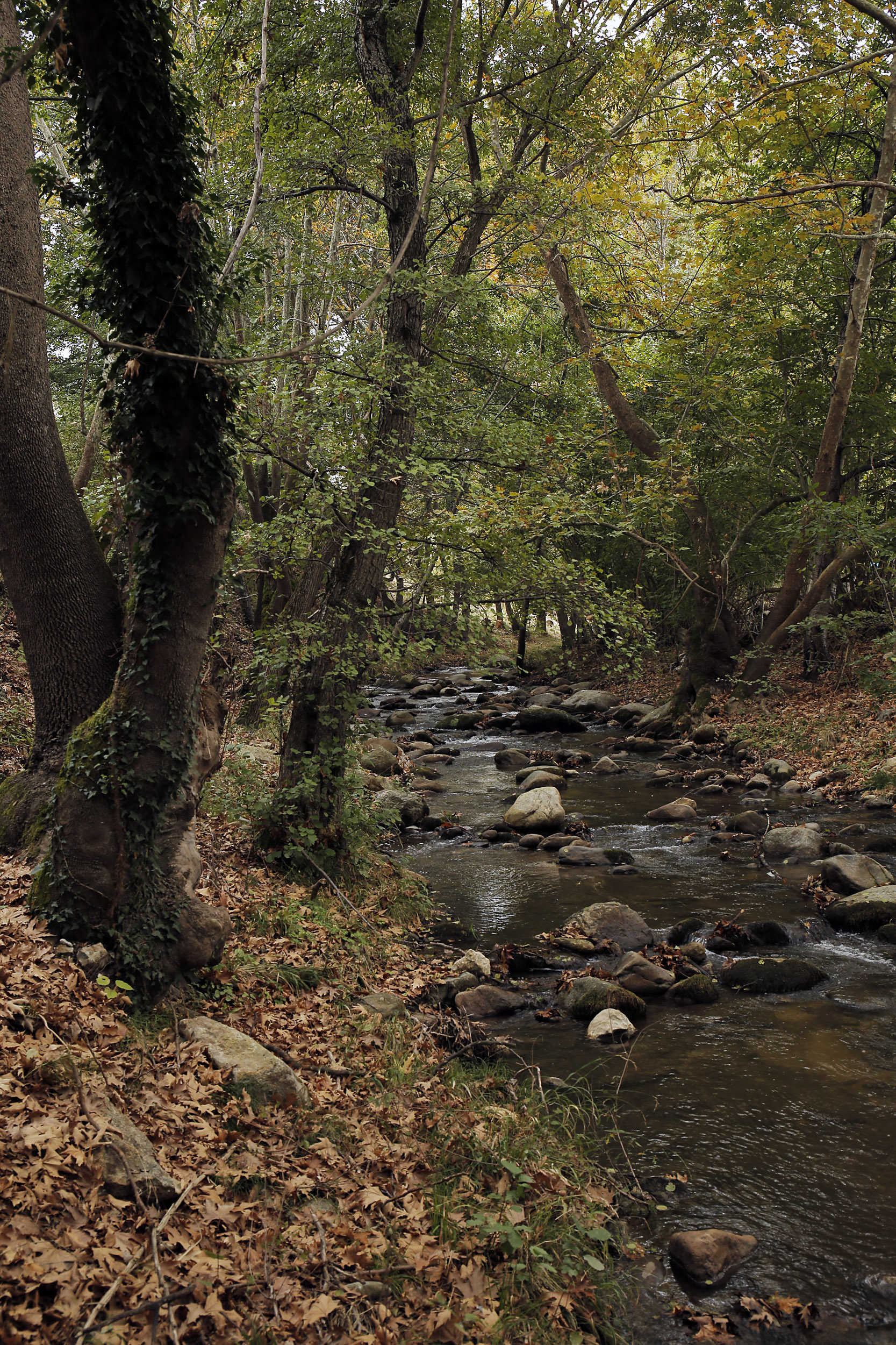
They are members of the Nature-Lovers’ Mountaineering Club of Giannitsa, visiting for the first time the increasingly popular tourist area of Sintiki, Serres. Their guide is Thanasis Orfanopoulos, a member and volunteer of “Mavros Vrahos” — an imposing figure, a born nature lover, a warm and hospitable man, a connoisseur of the mountains and trails. Savvas returns to the car, and we arrange to meet later at the square of Ahladochori, while the hiking group invites me to walk with them. The brown and green colors of October camouflage the stone bridges we encounter along the fairly easy path toward Ahladochori.
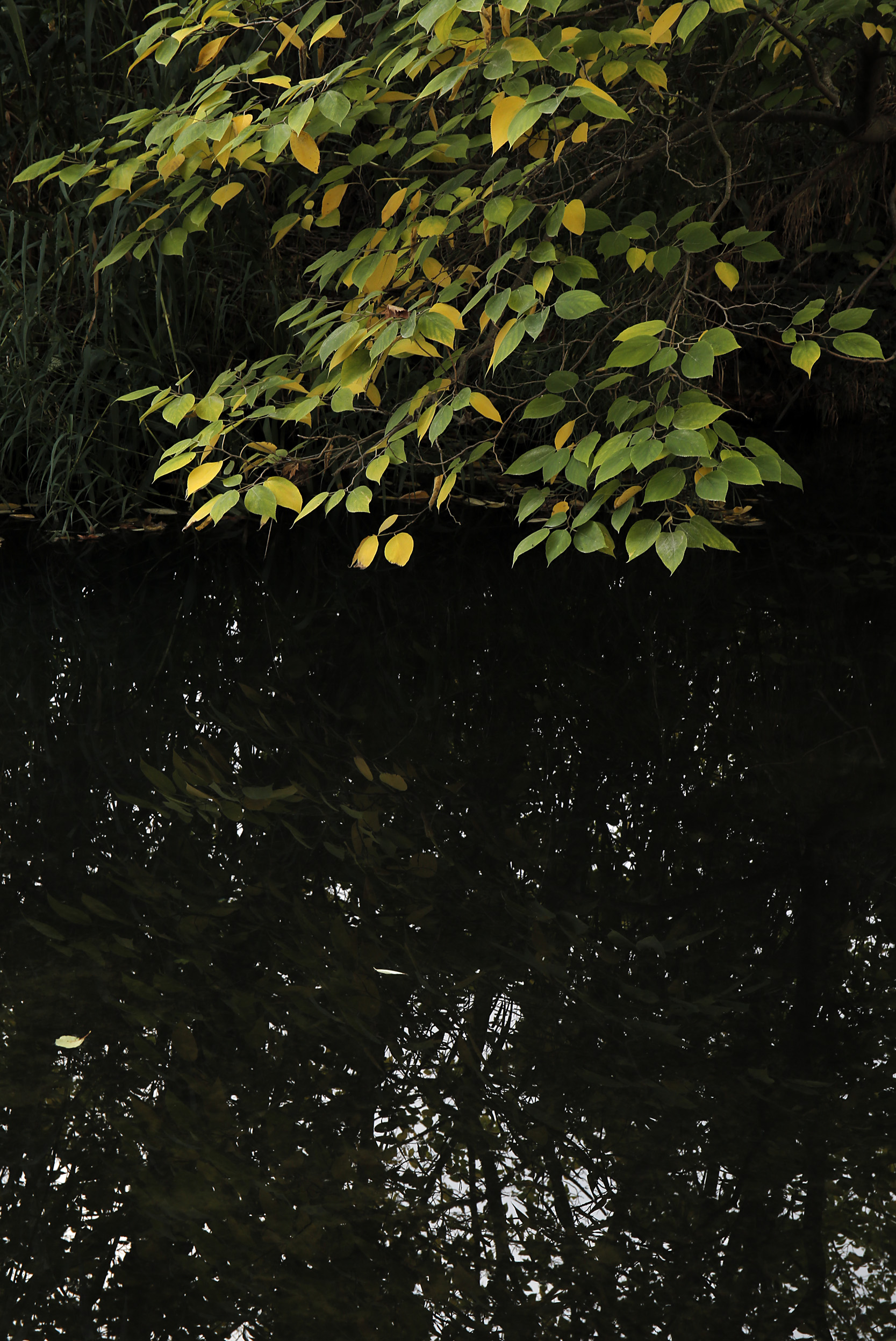
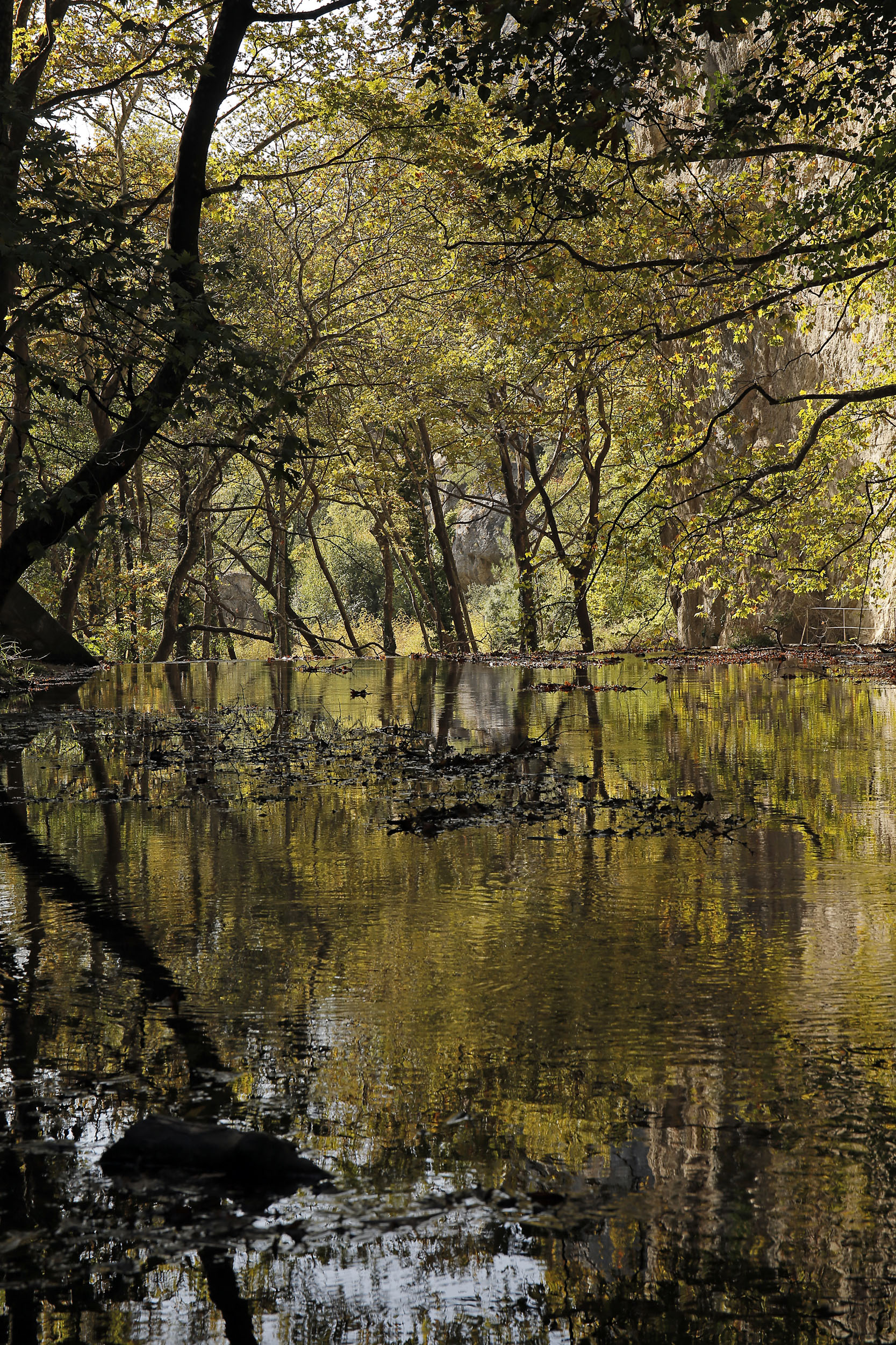
The bridges, built by craftsmen from Western Macedonia about a century ago, were constructed to make access easier for the residents of the villages and their flocks toward Sidirokastro and Serres. The roots of the plane trees, like natural sculptures, intertwine with rounded rocks and stones, as during the winter months the waters rush swiftly and forcefully through the Krousovitis riverbed, carving them over time.
We encounter two more bridges along our route — those of Pechtseta and the most beautiful, that of Toupouvitsa. In a clearing beneath the thick shade of the trees, a well-preserved old watermill, now a sight worth seeing, reveals the older and more toilsome way of life of the area’s residents. The beauty of the spot, as well as of the route up to this point, is beyond description.
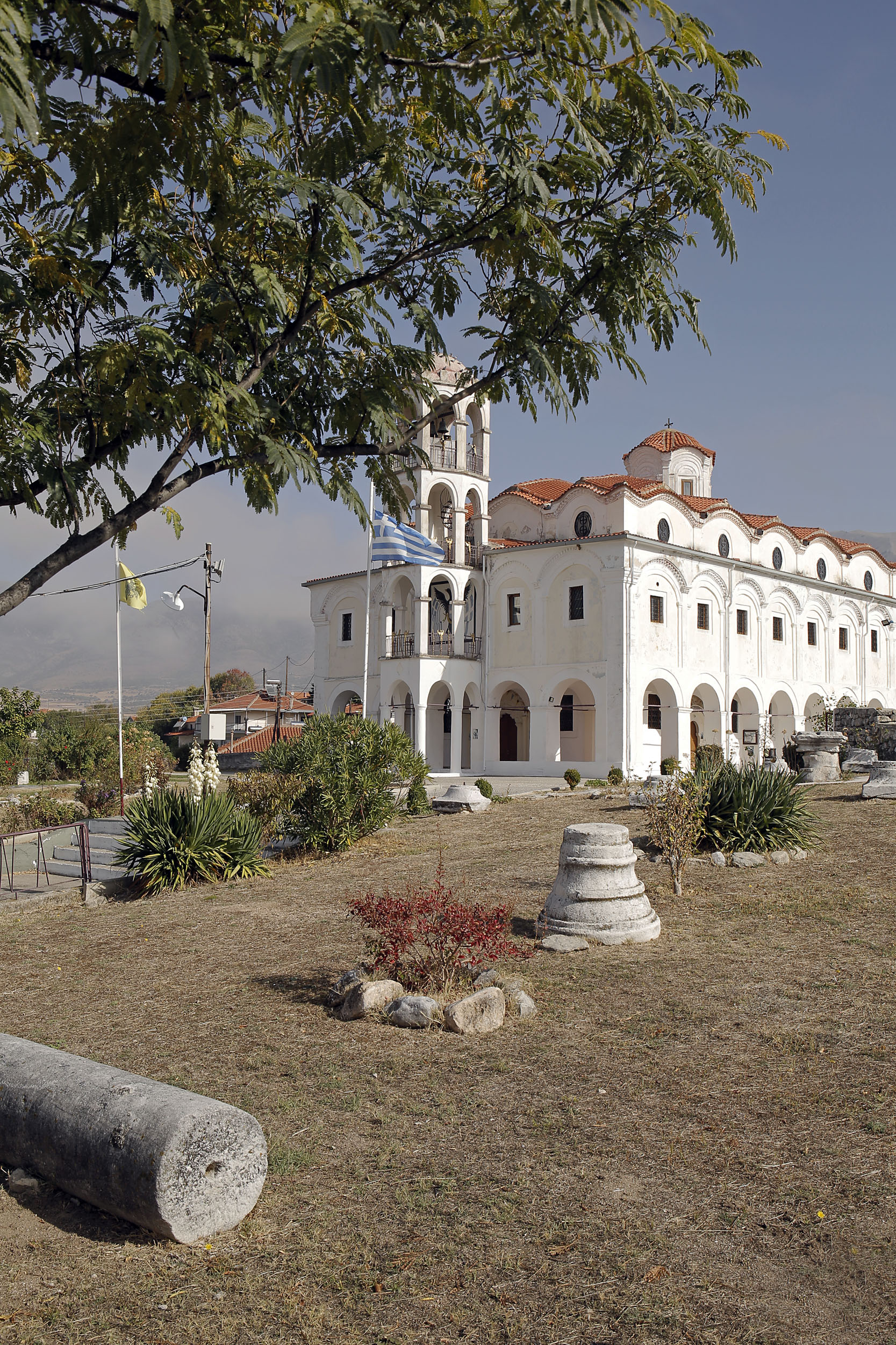
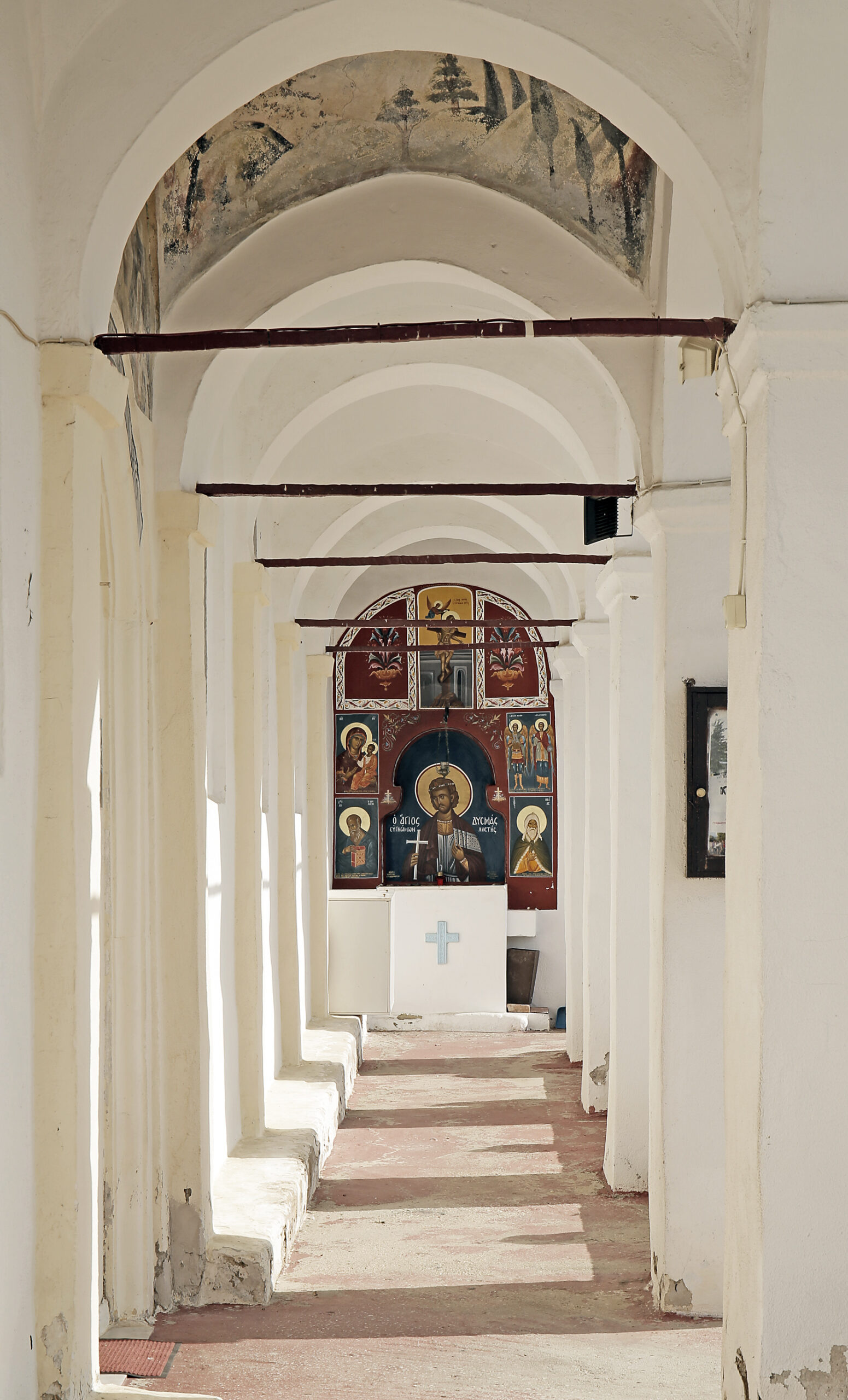
The group of hikers continues toward Karydochori, leaving me at the stone bridge of Kato Belitsa to walk about two kilometers along the passable dirt road to the square of Ahladochori. The village is lively. The square hosts shops and cafés but does not lose the authentic color of this borderland region. From the courtyard of the Church of Prophet Elias, high above, beyond the tiled roofs of the houses, the eye reaches the Krousovitis valley and, even farther, the peaks of Mount Beles above Lake Kerkini.
Before we leave Ahladochori, we make a stop at “Dionysos” (Tel. 23230 61115), the tavern of Vasilis Konstantinidis, known as “Bilis,” for meze, grilled meats, fish and seafood, and even game upon request, accompanied of course by traditional tsipouro. A reward for the hikers of the river after their excessive dose of fresh air — and for determined visitors.
On the way back, we turn left toward the quiet and very beautiful Kapnofyto. Tastefully renovated houses, well-tended courtyards, the smell of wood and manure, and a few new cars parked along the uneven cement lanes all indicate a measured return of some residents to their place of origin. A very large number of people from the wider area emigrated — mainly to Germany — in the 1960s, following an invitation from the German state for laborers.
Many of those migrants returned to their homelands after retirement, bringing with them a new sense of organization, order, and a European mentality. They built beautiful houses or carefully renovated the old ones, tending to gardens, vegetable patches, and vineyards. The German influence is evident in certain details and in the language itself, as in the cafés one can hear Greek speech interspersed with German words and the local dialect.
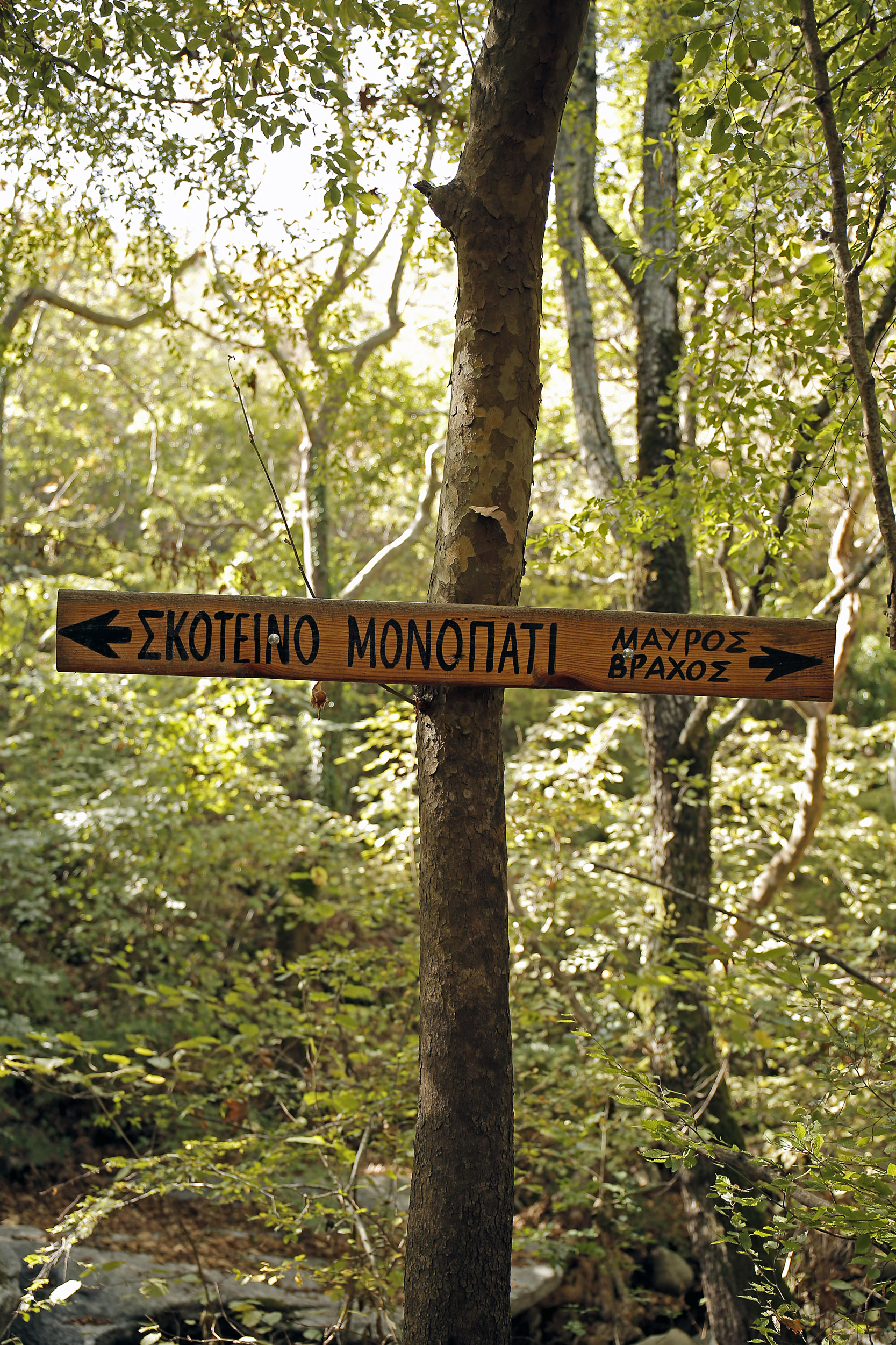
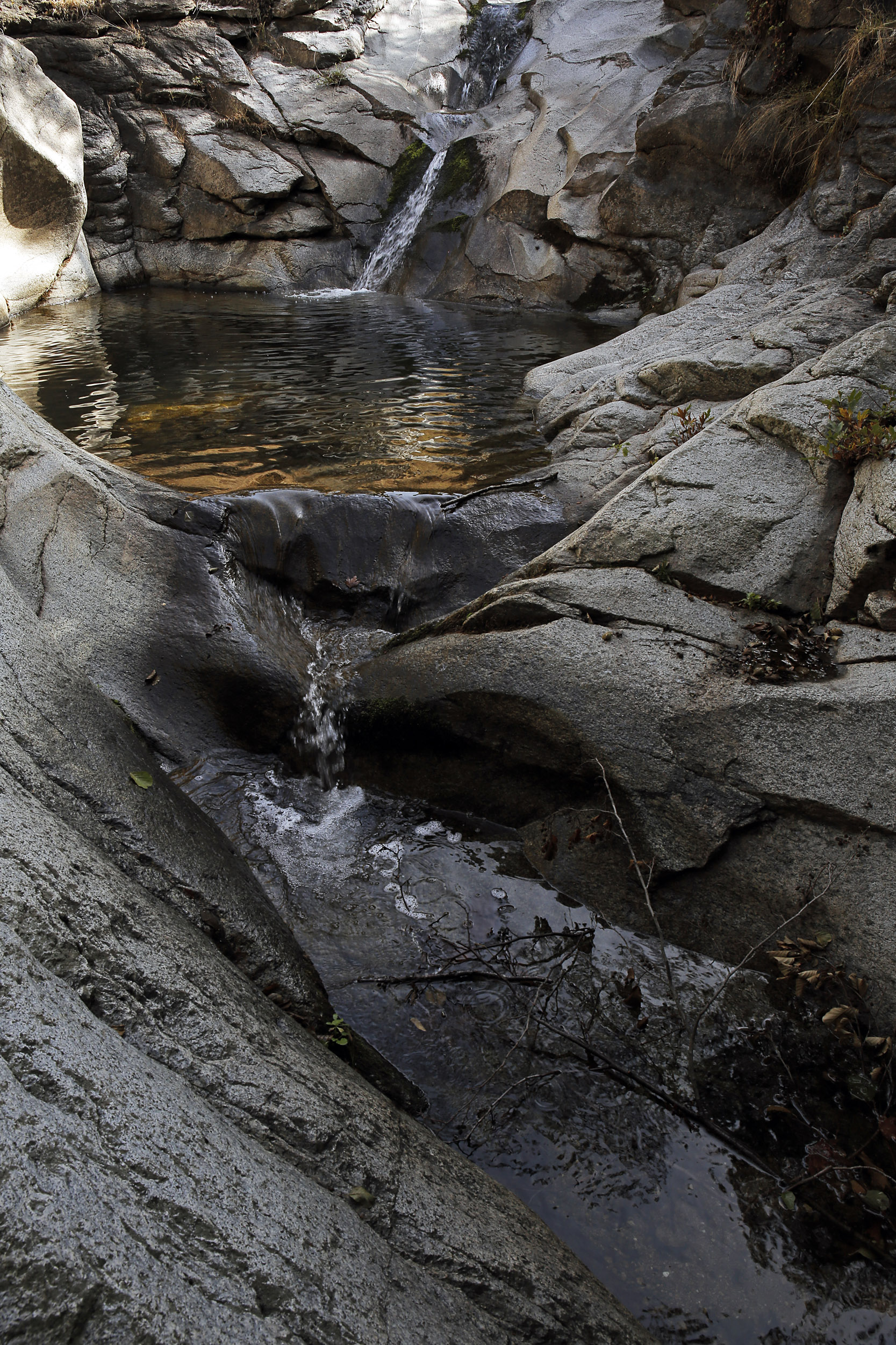
Having previously visited the artificial lake of Kapnofyto and the “Dark Trail,” marked by the Mavros Vrahos association, as well as their mountain shelter built at the top of the Kapnofyto waterfall, we end up in the square talking with young people of the area who have returned here after studying, even abroad, with plans and a desire to develop and promote their region.
Although most accommodation for visitors is found in the small town of Sidirokastro, hospitality ventures are beginning to take shape. A question at “The Moon,” in the square of Kapnofyto, can provide answers for those seeking lodging. As for food, Ioannis Panagiotidis at “Steki” (Tel. 6983481261) provides all year round dishes like free-range rooster, wild boar, and deer — by reservation, of course.
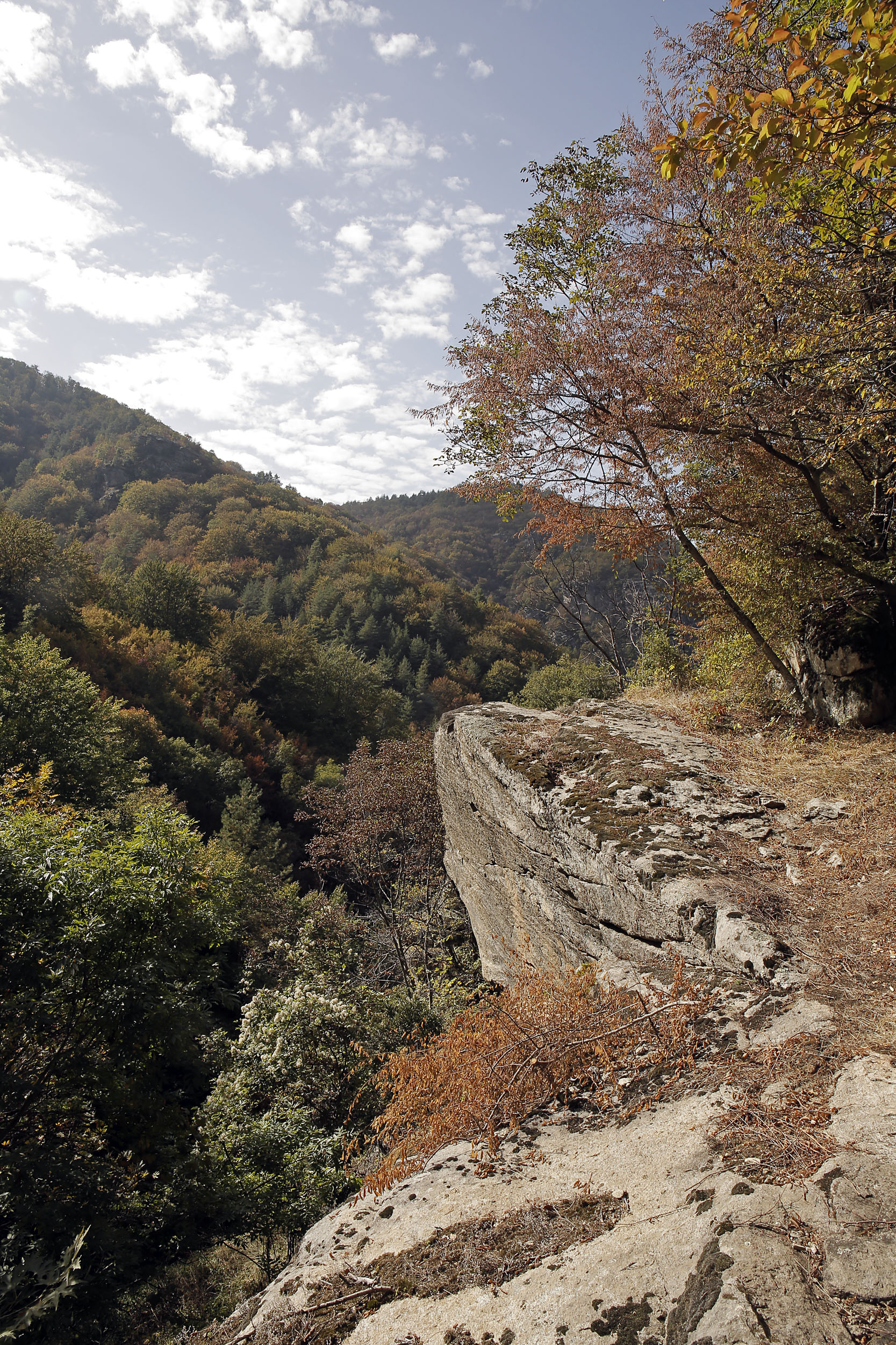
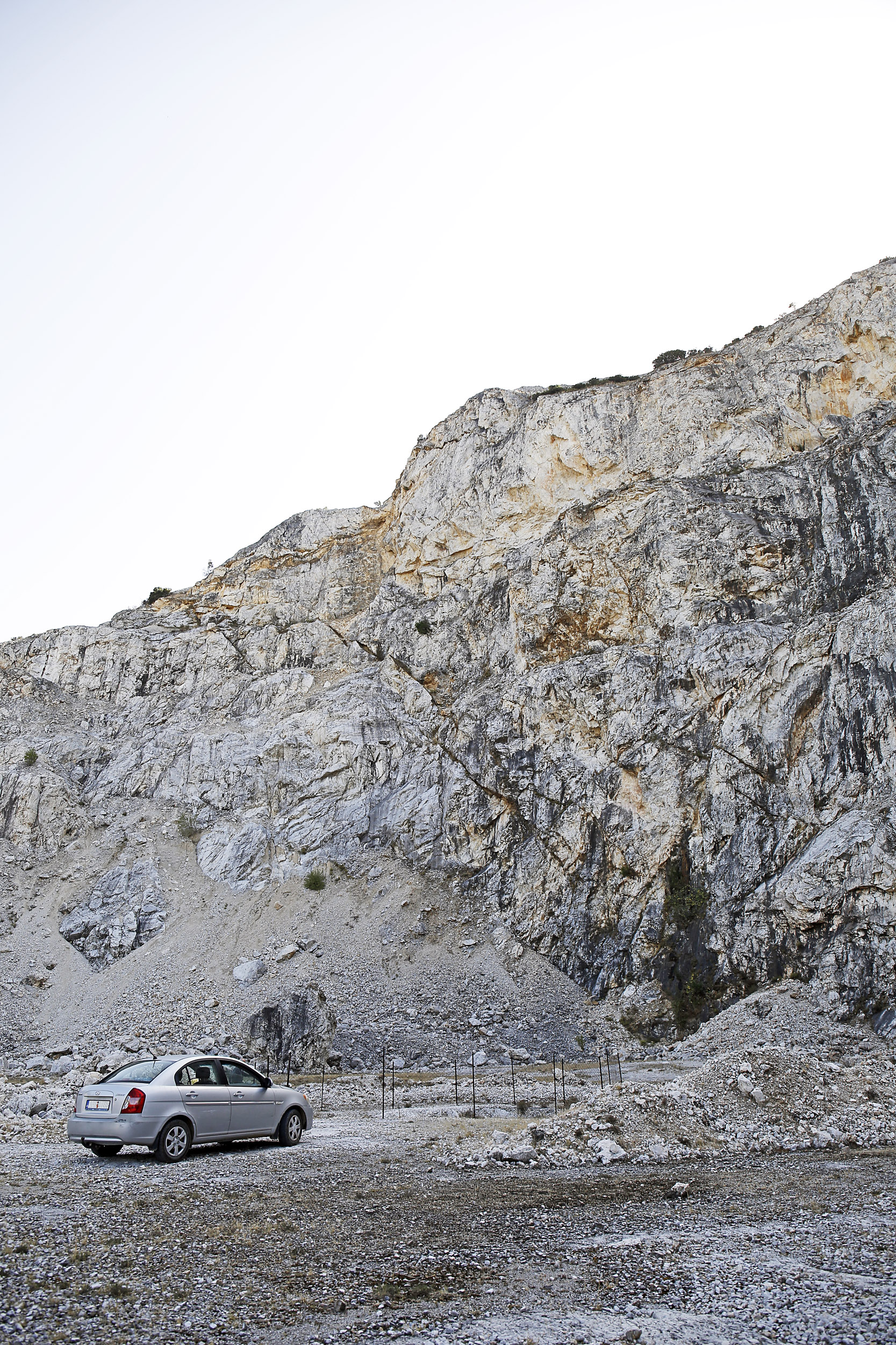
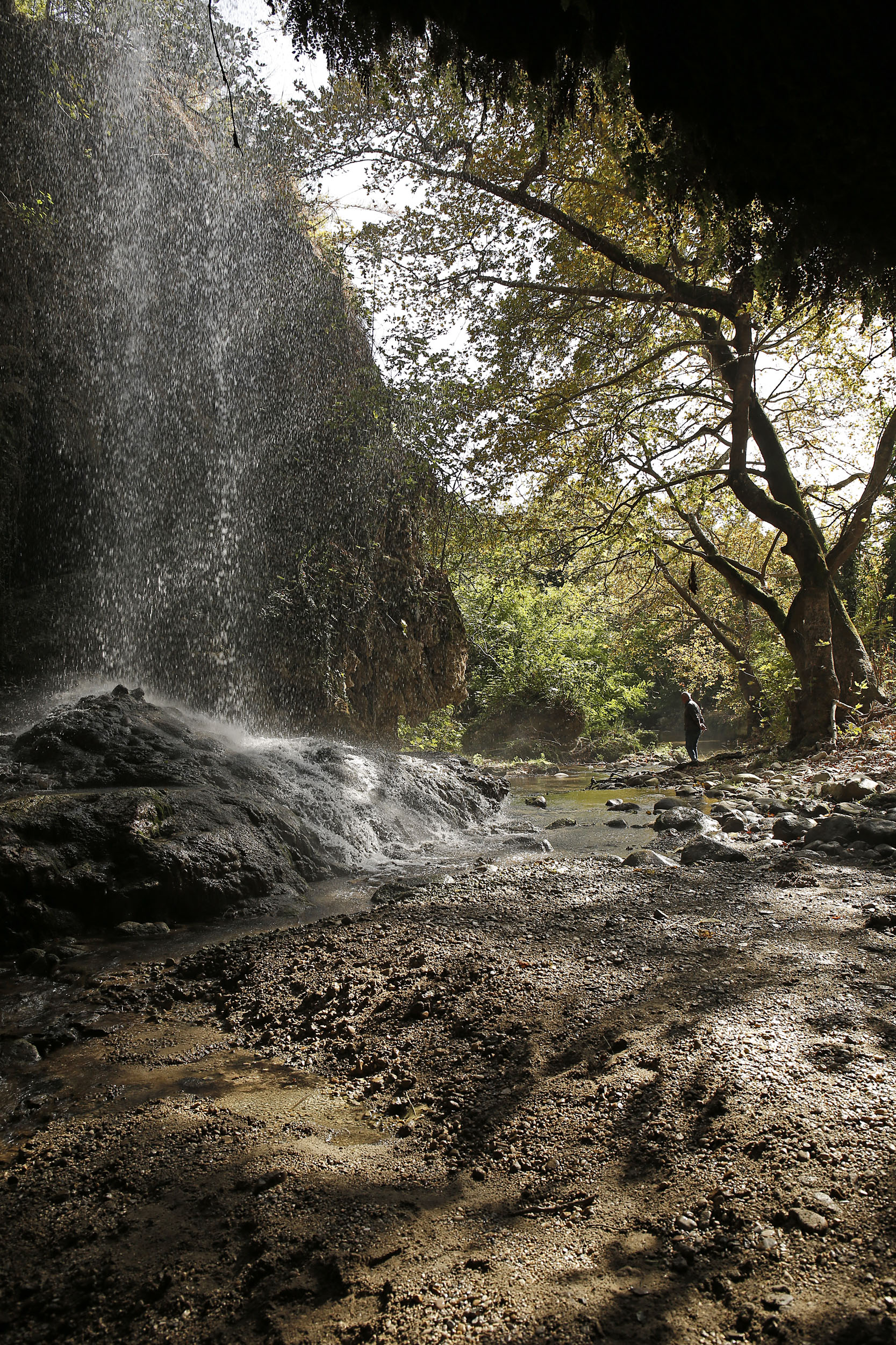
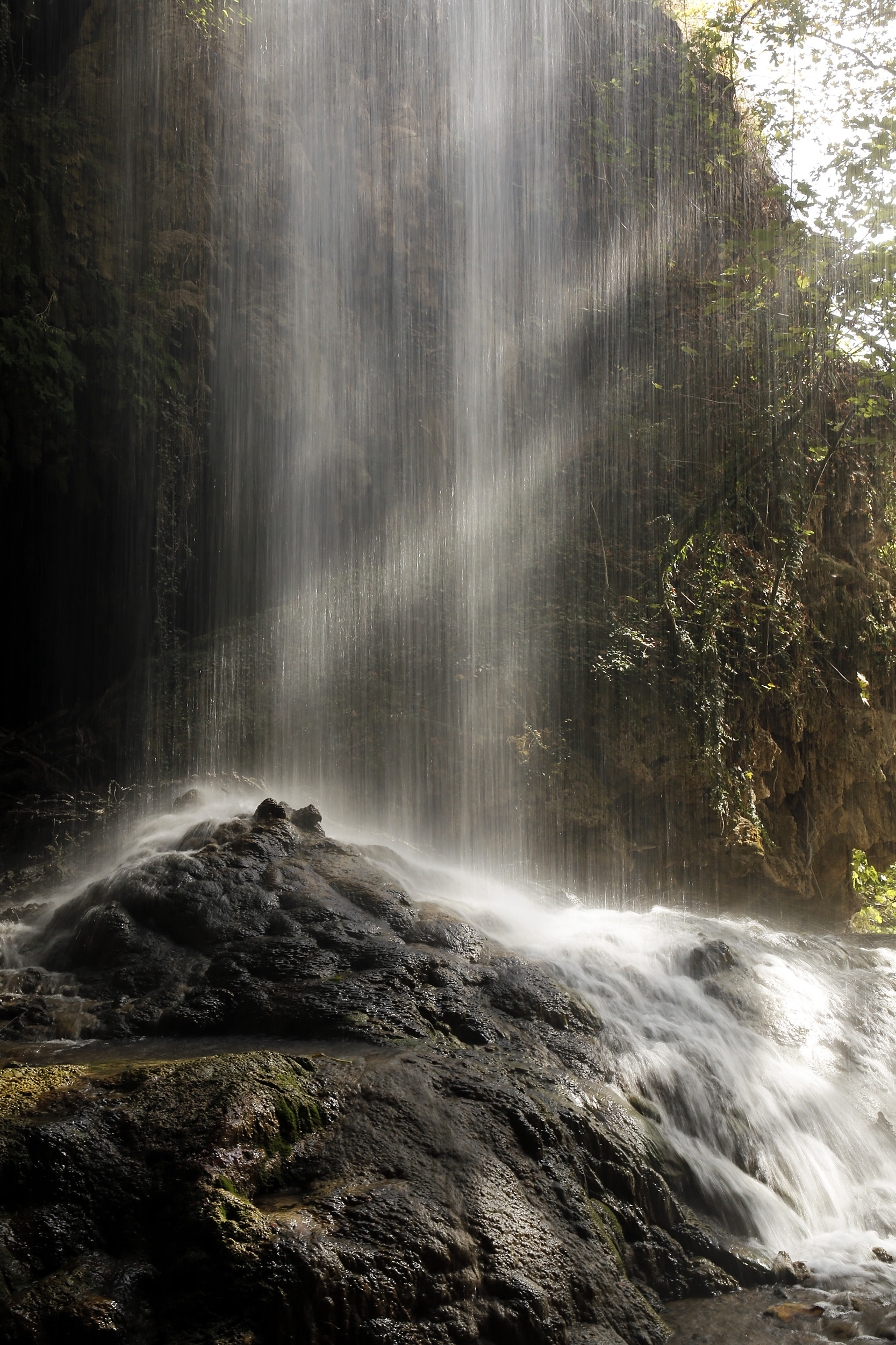
Under the shadow of Mavros Vrahos, a few kilometers from Sidirokastro, lies the valley of Krousovitis. It is the last section before reaching Sidirokastro, yet no less interesting. Researchers believe that inside Mavros Vrahos there is a large and labyrinthine cave, since four smaller ones have been found so far, decorated with stalactites and each with a different entrance. The hole in the center of the abandoned quarry looks like the entrance to an unexplored labyrinth, and its position among the rocks blasted by dynamite gives it an eerie appearance.
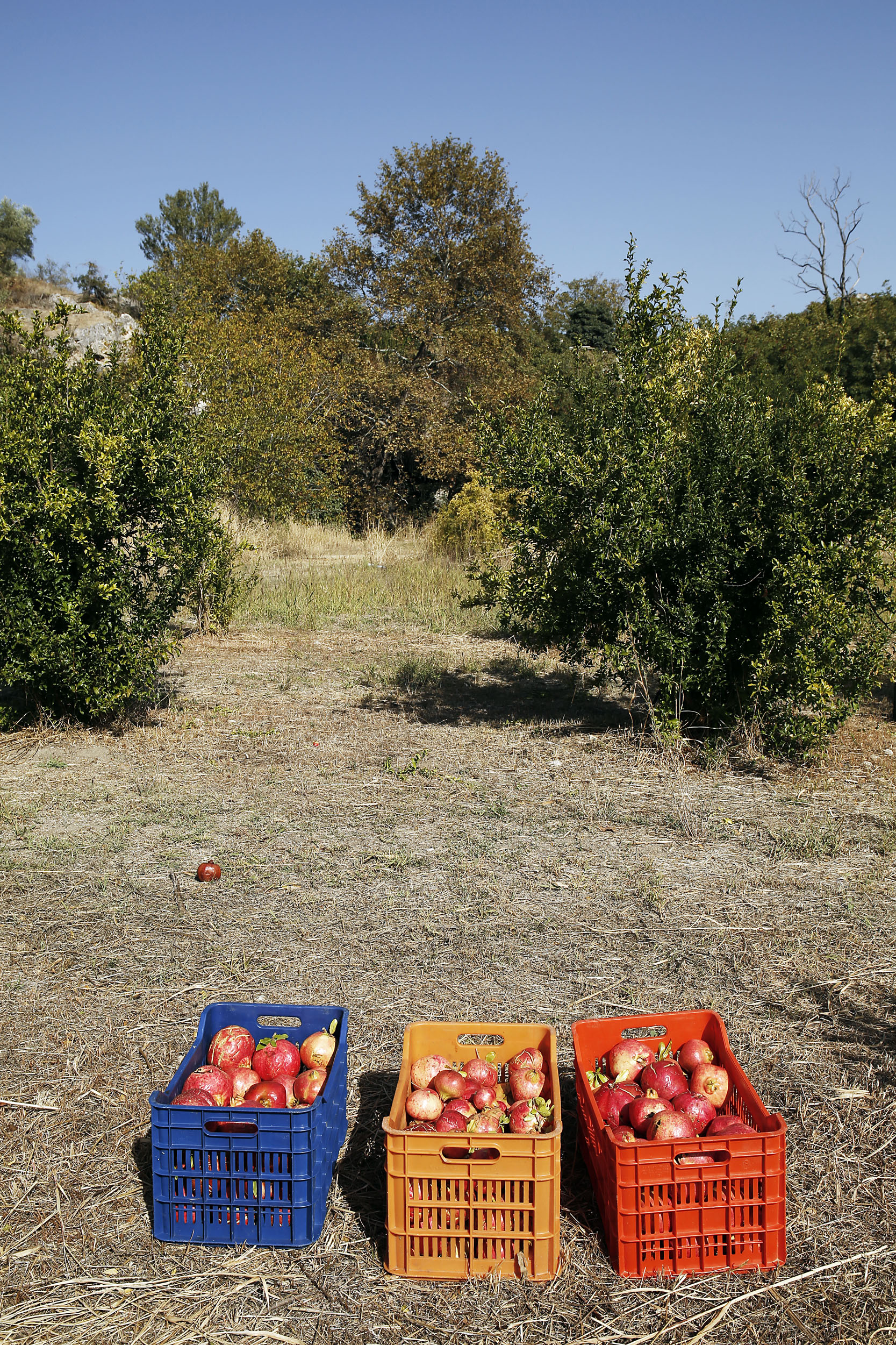
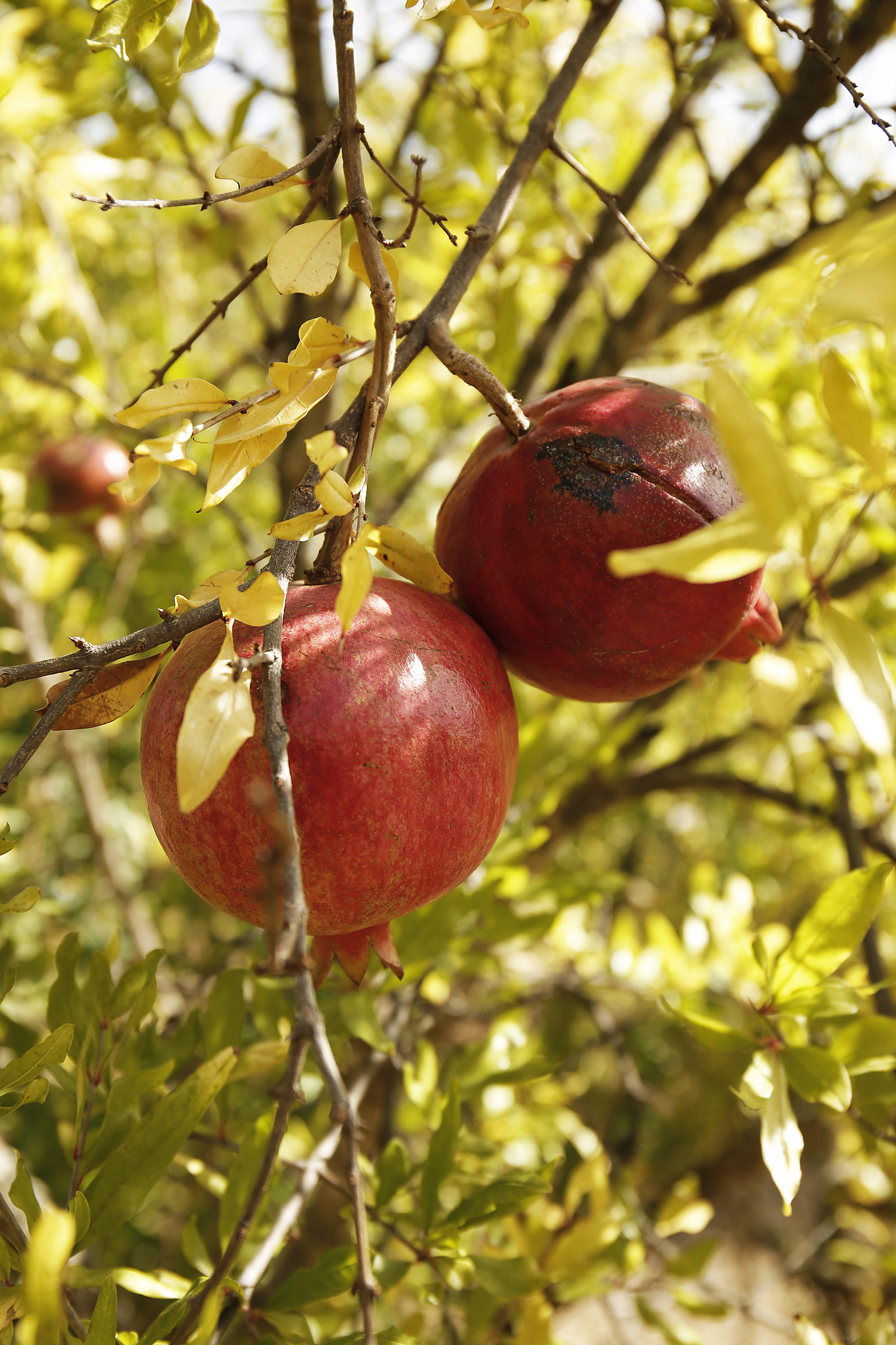
A little further down, at the edge of a pomegranate field, lies the cave and the second Hot Waterfall. The shapes on the rock walls, the river that appears from inside the cave, and the warm-water waterfall together create a dreamlike, conspiratorially beautiful image.
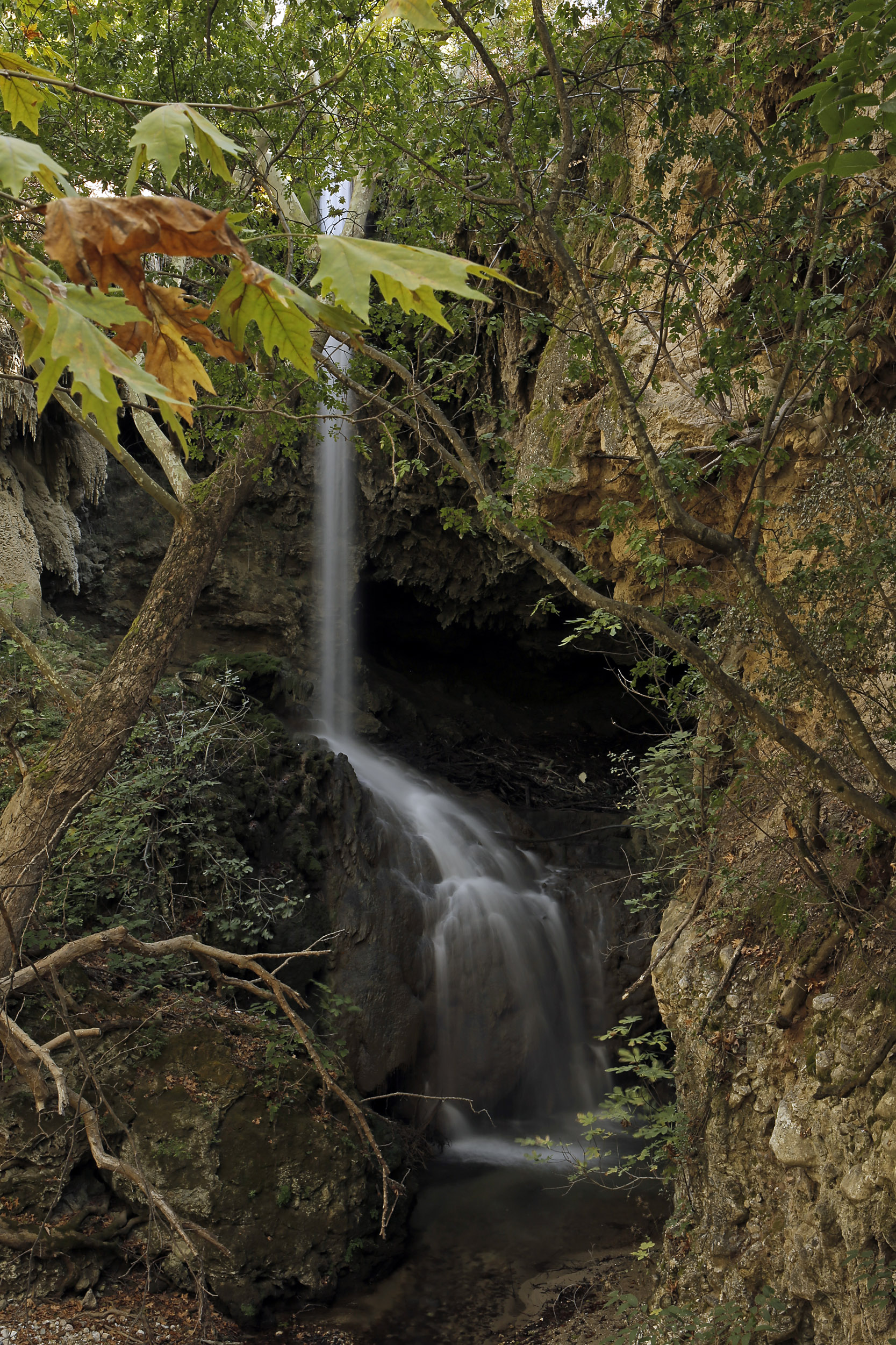
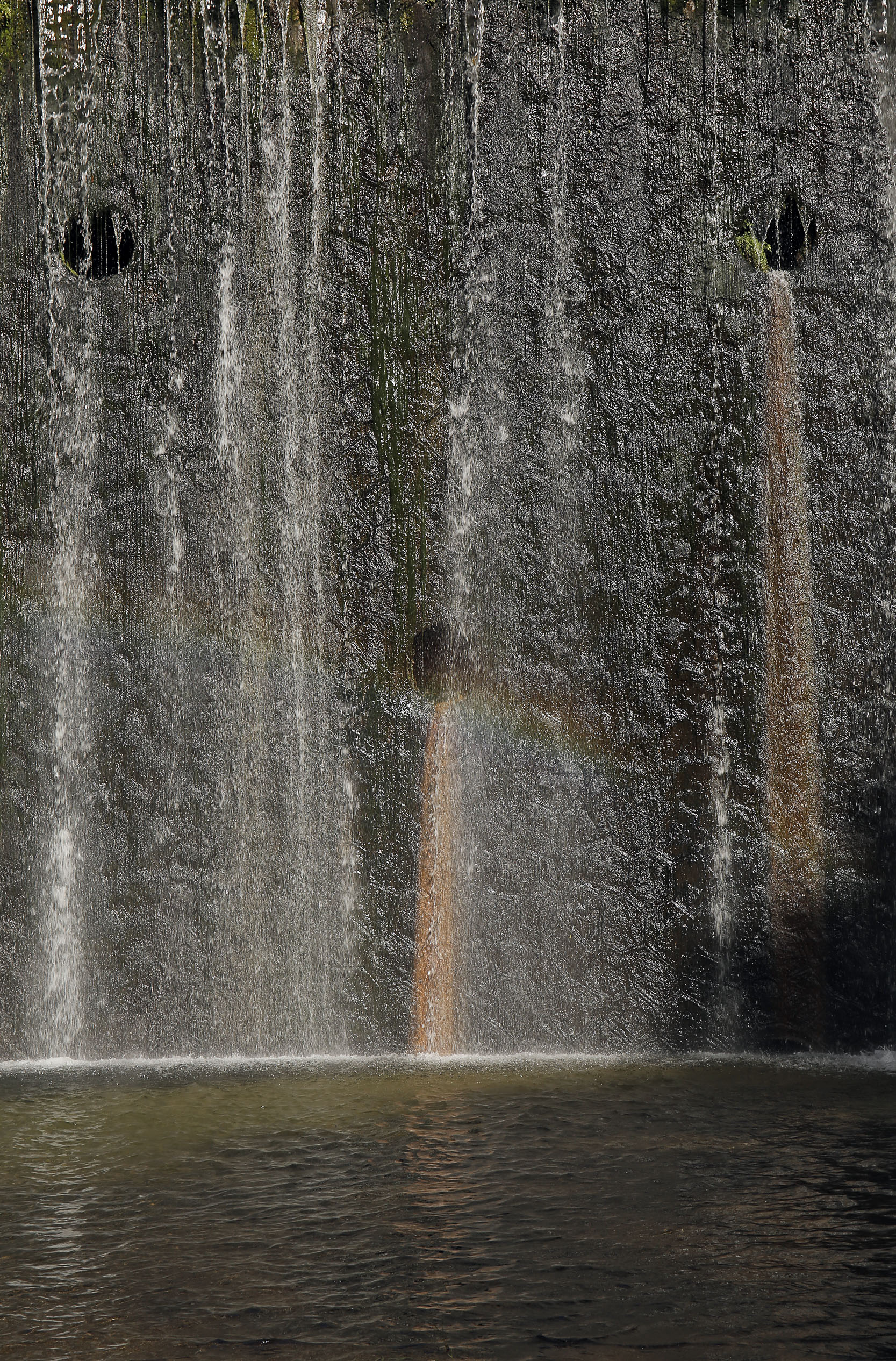
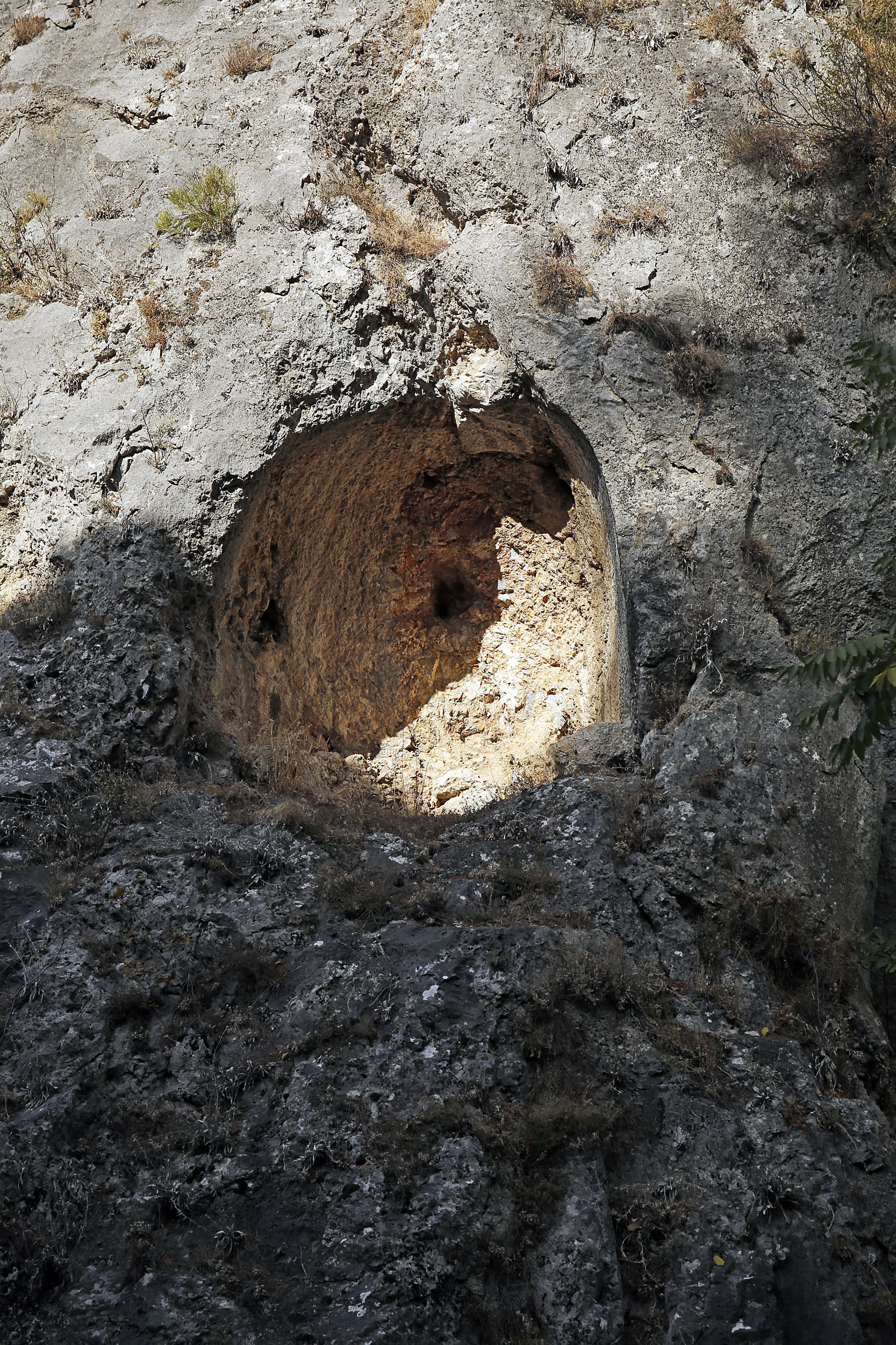
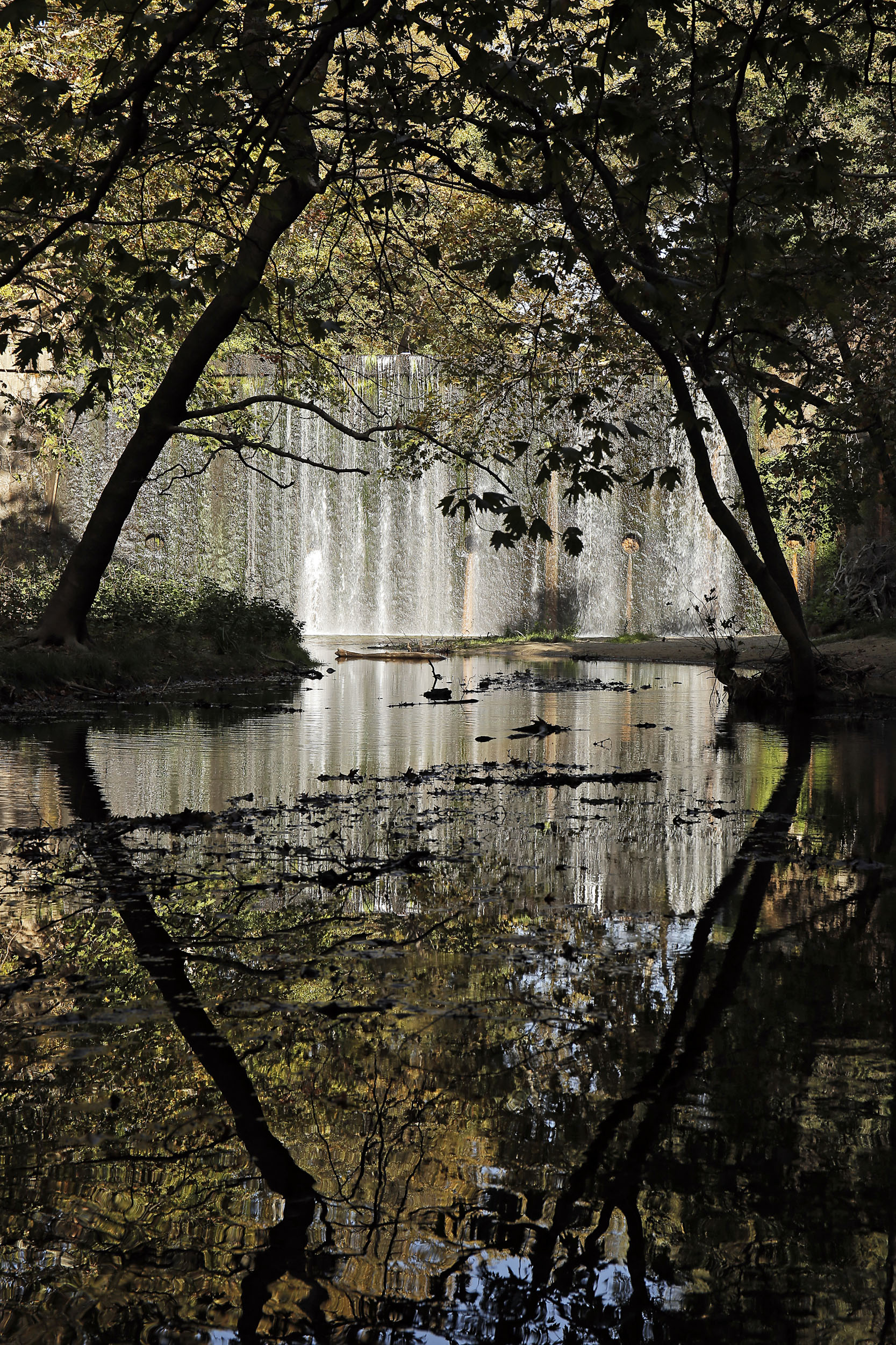
In the same area, a few hundred meters toward Faia Petra, is the first Hot Waterfall and the archaeological site of the Sanctuary of Apollo and Pan at Mavros Vrahos, where the god Apollo, the Nymphs, and Pan, god of caves and shepherds, were worshipped. The findings from the site are displayed at the Archaeological Museum of Serres, but a visit to the sanctuary itself rewards the visitor for its natural beauty. The artificial Hot Waterfalls of Krousovitis, beneath the Archaeological Rock-Shelter Site, reflect in their waters and in the shade of the tall trees all the beauty of this northern Greek landscape.
Just before the end of the day and my return to Faia Petra for the night, as Sidirokastro prepares for the 3rd Pallatidis Road Race — 26.8 kilometers of rough terrain along the Krousovitis, organized by the Mountaineering Club of Sidirokastro and named after the Melnik-born benefactor Anastasios Pallatidis — I visit the Melidou Winery (www.melidou.gr), on the banks of the Krousovitis River, very close to Sidirokastro.
The day is drawing to an end for Evangelia Melidou, Dimitris Karanastasis, and Nikolaos Karanastasis. The table in the courtyard is set: cabbage rolls with salad and rusks, accompanied by Syrah “Mavros Vrahos,” reveal the simplicity, hospitality, and modesty of this family of excellent winemakers, whose wines have earned international awards.
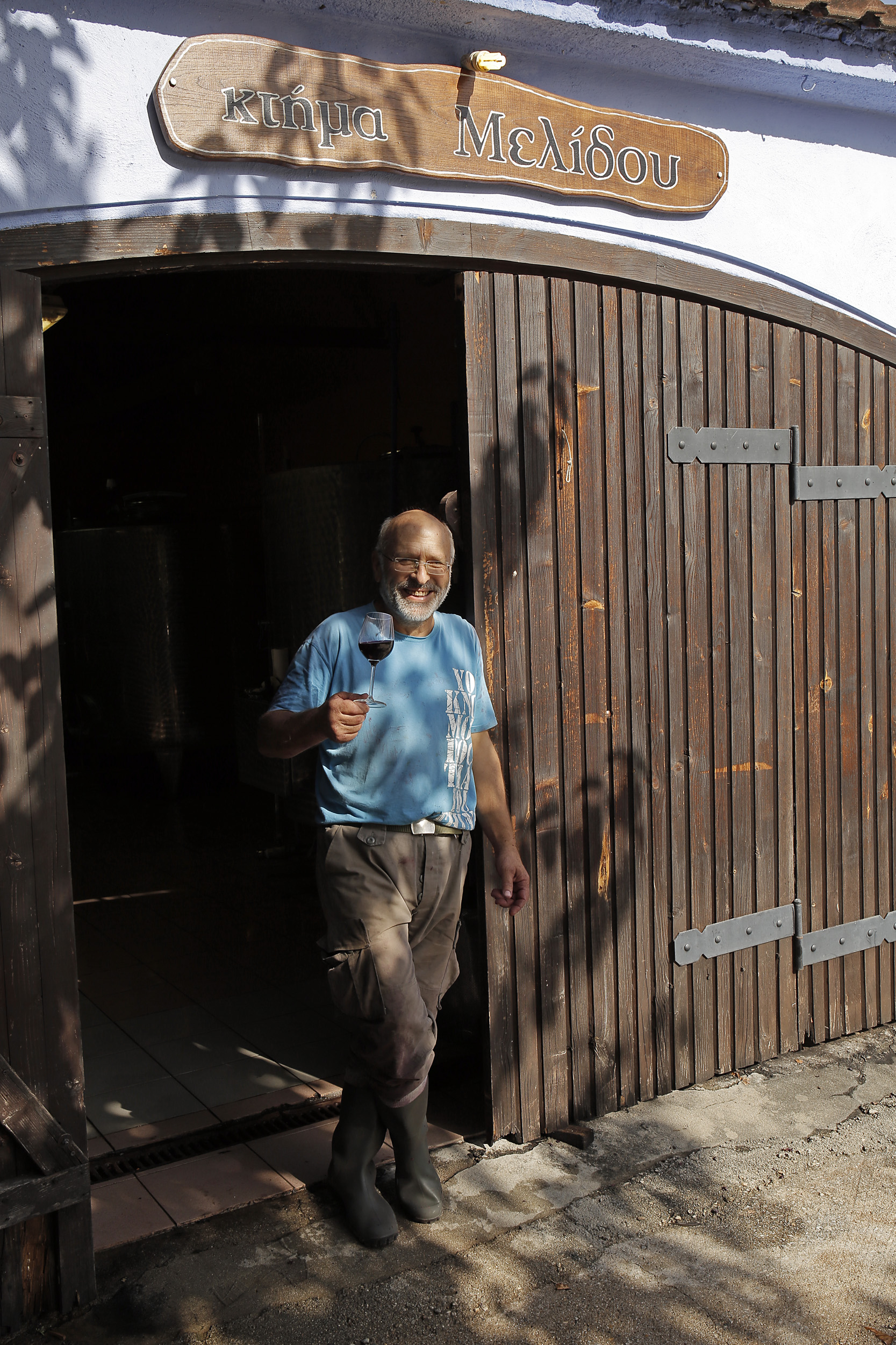
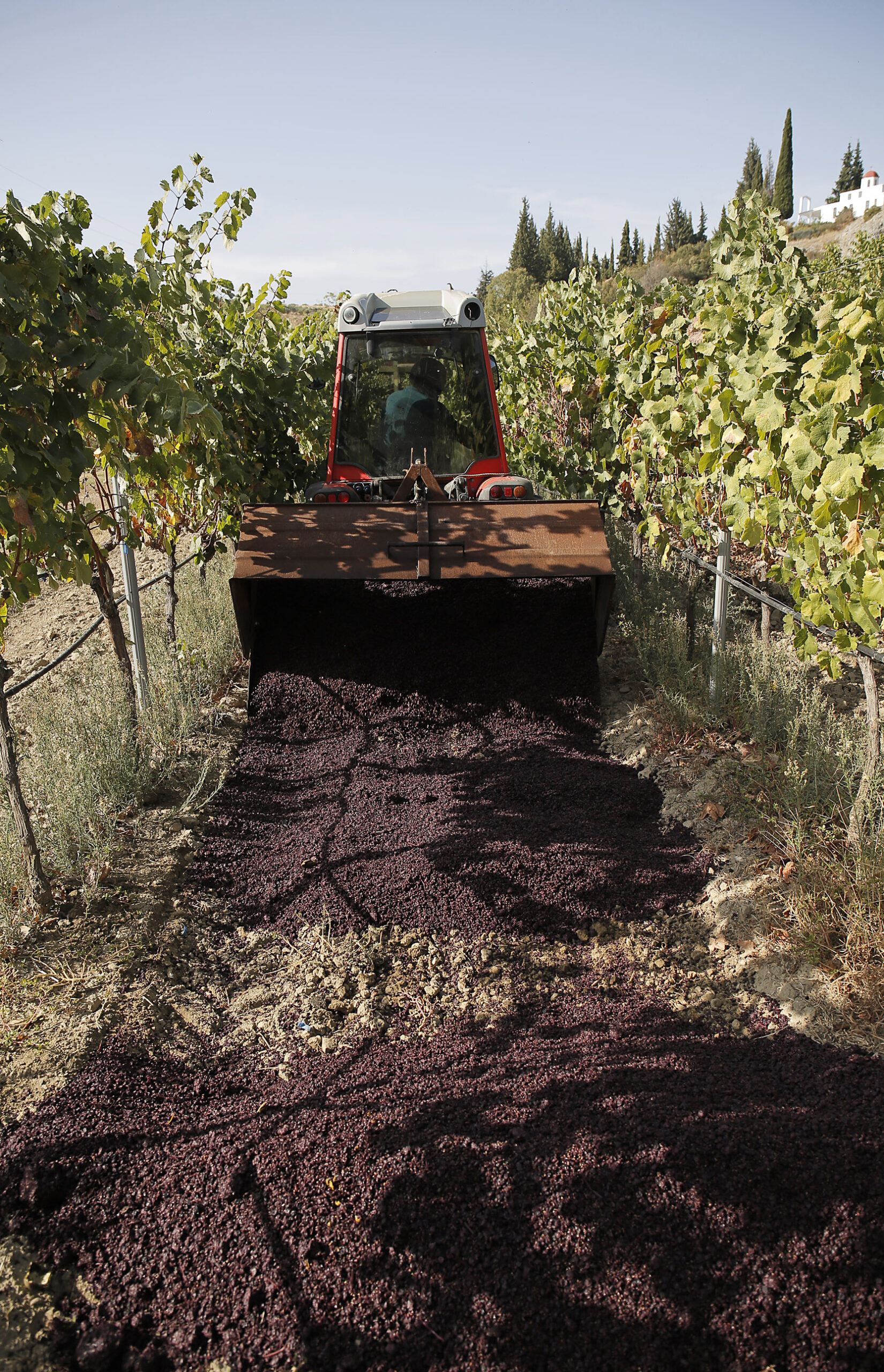
I remember, when I was very young, the road from Thessaloniki to Serres and my home village, Faia Petra. It was long and full of turns, making the trip to visit my grandparents an adventure. At the Schistolithos junction, four kilometers before Sidirokastro, there was a military outpost with a barrier for ID checks because the area was near the border. In the village square, a traveling projectionist would set up film screenings, using the wall of a nearby house as a screen, attracting large crowds. I never imagined how much I would appreciate this place after half a lifetime.
Photography by Nikos Kokkas



